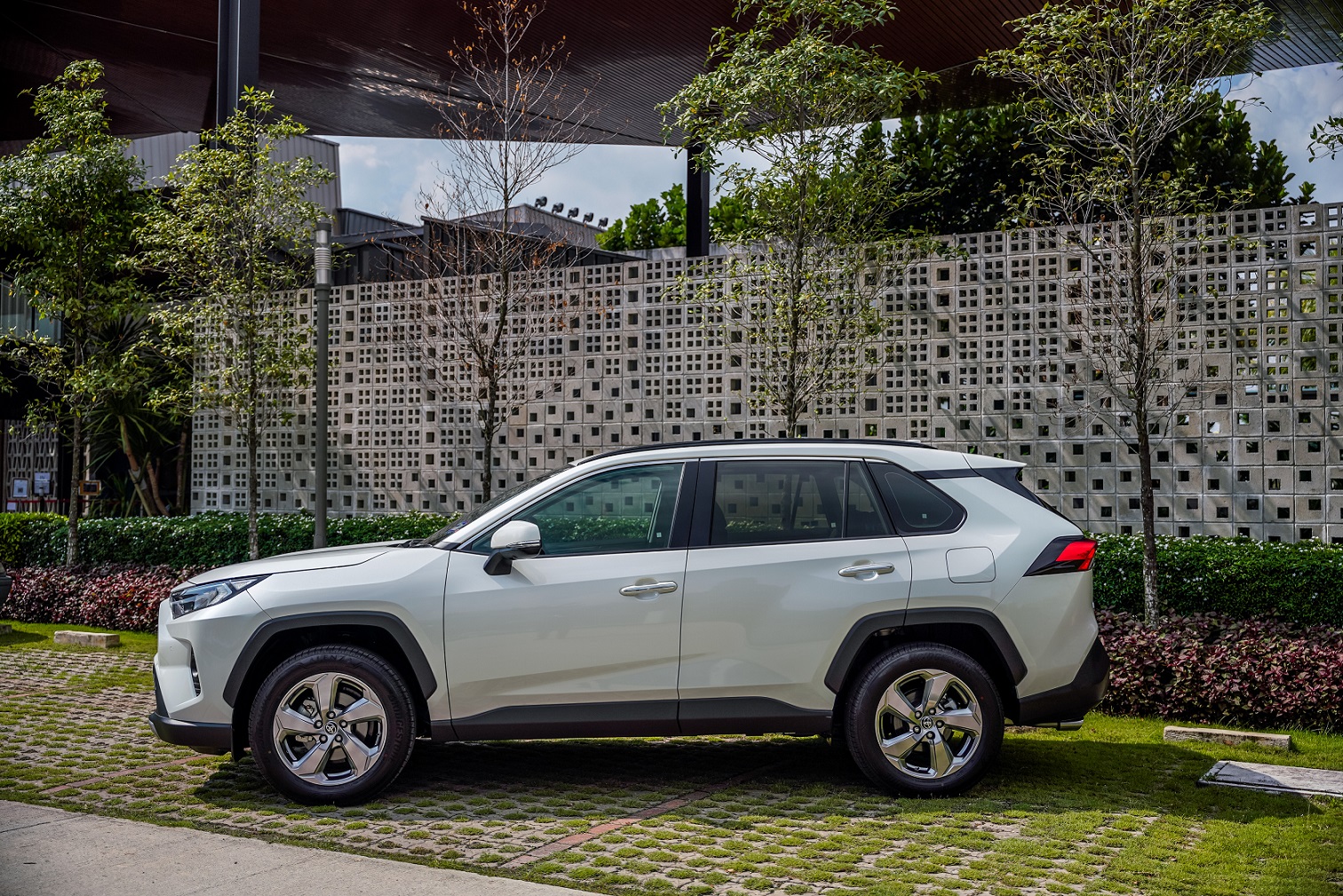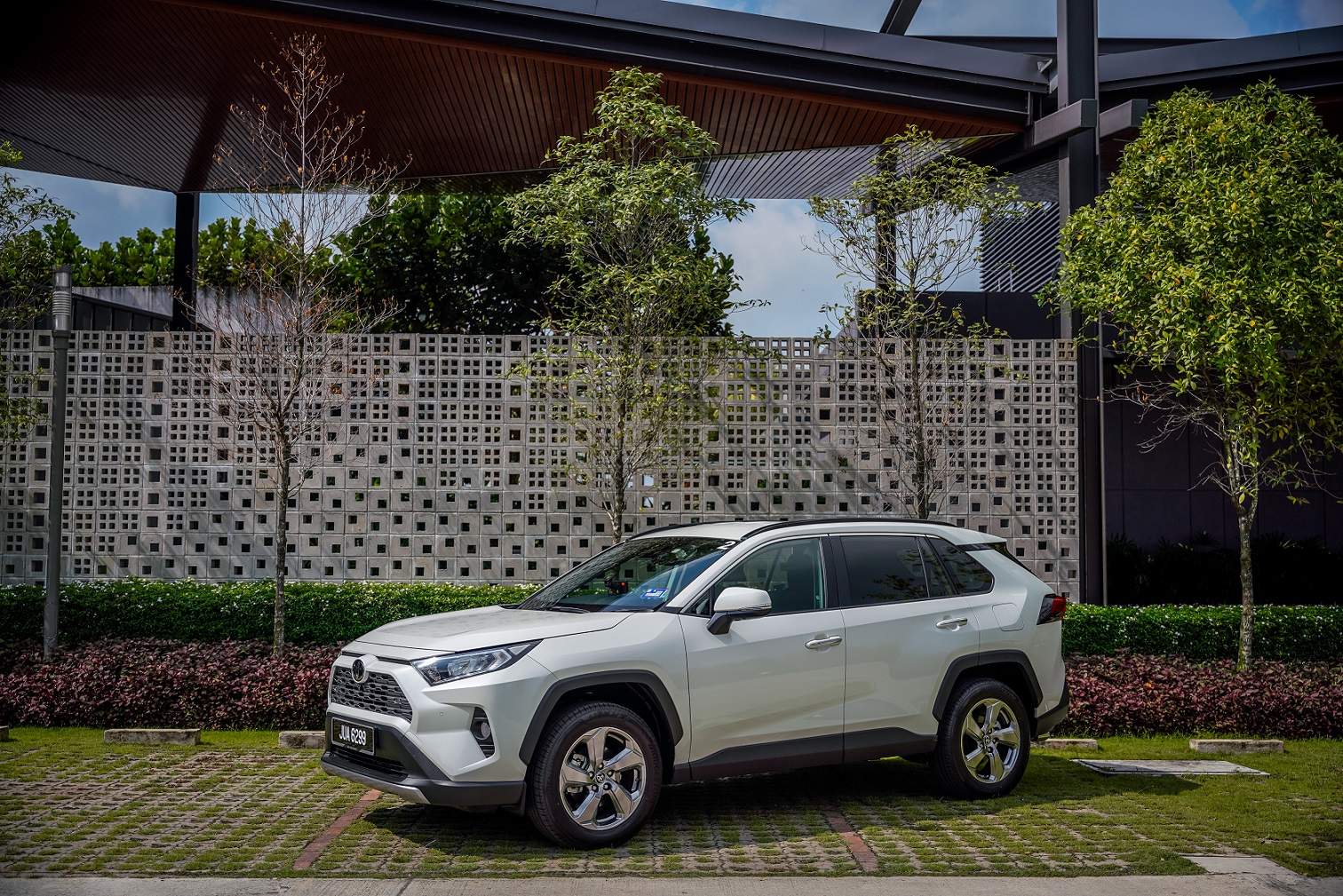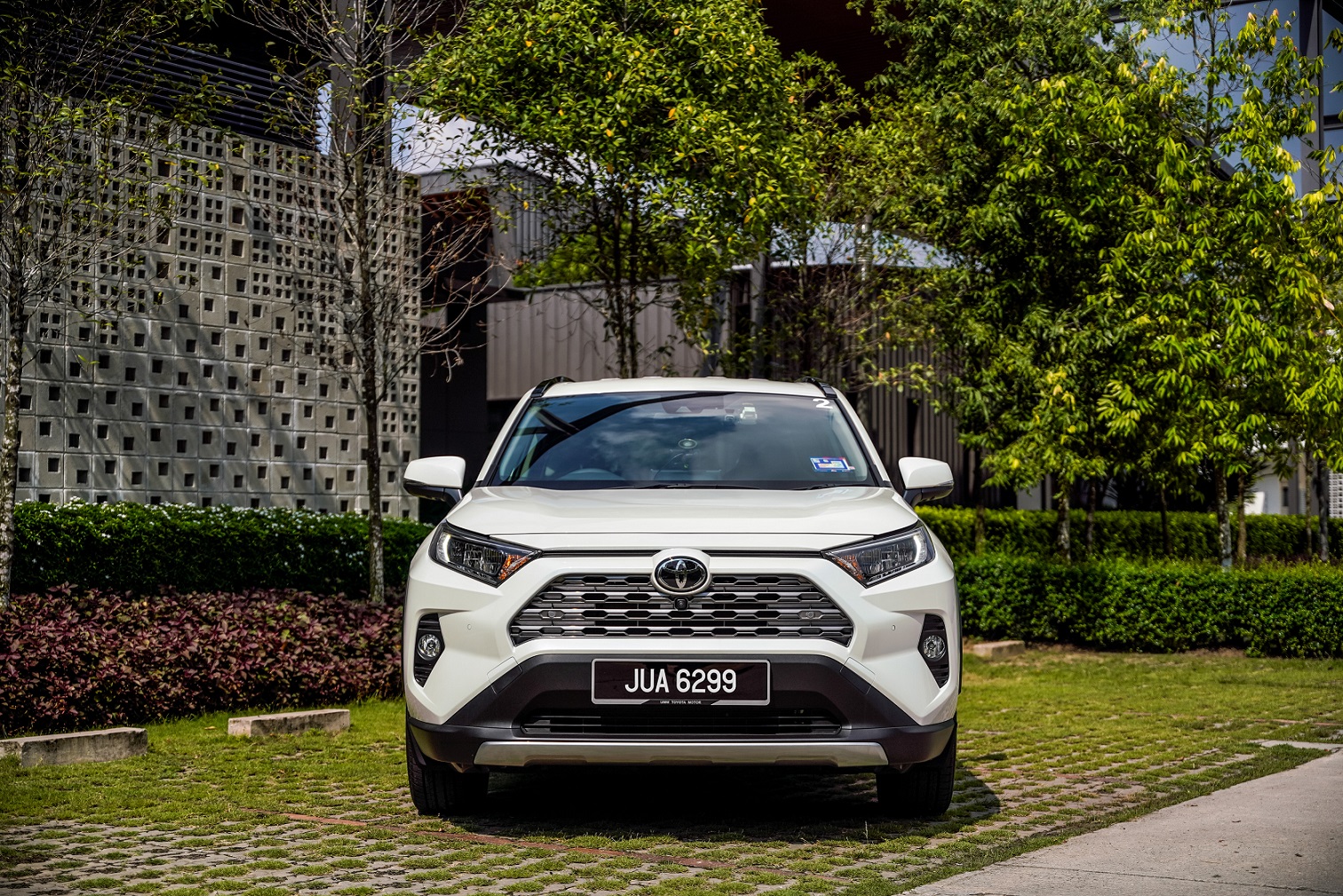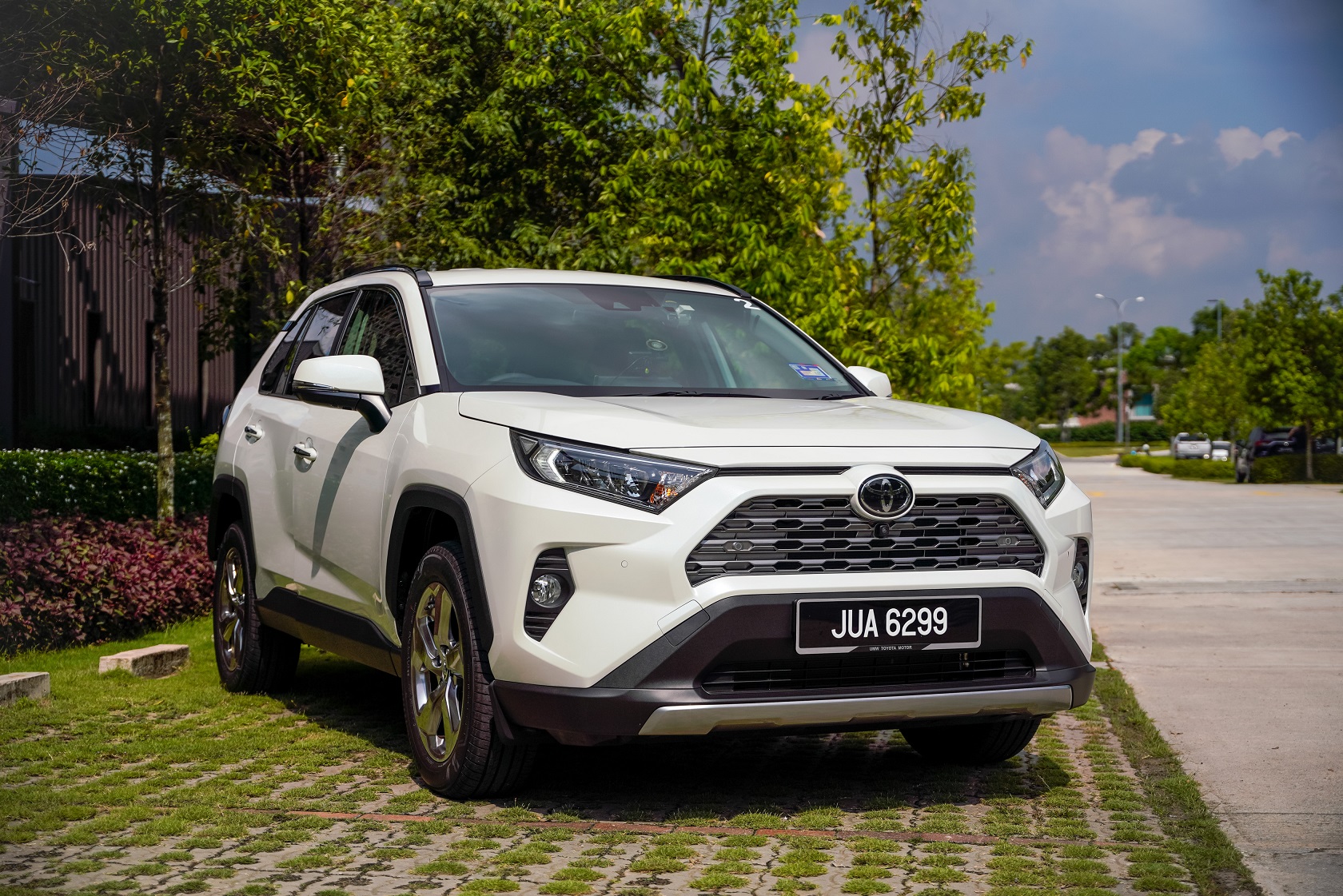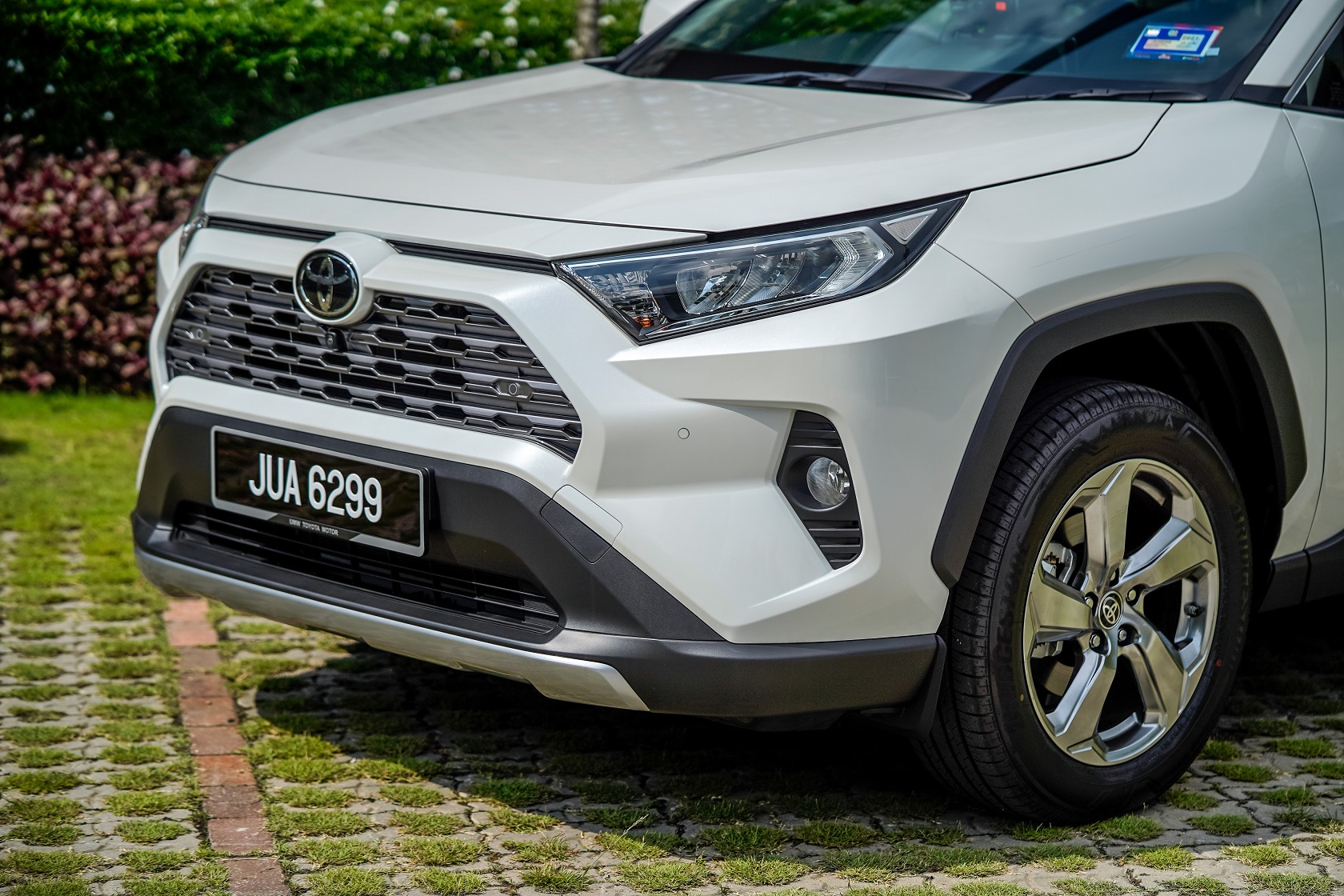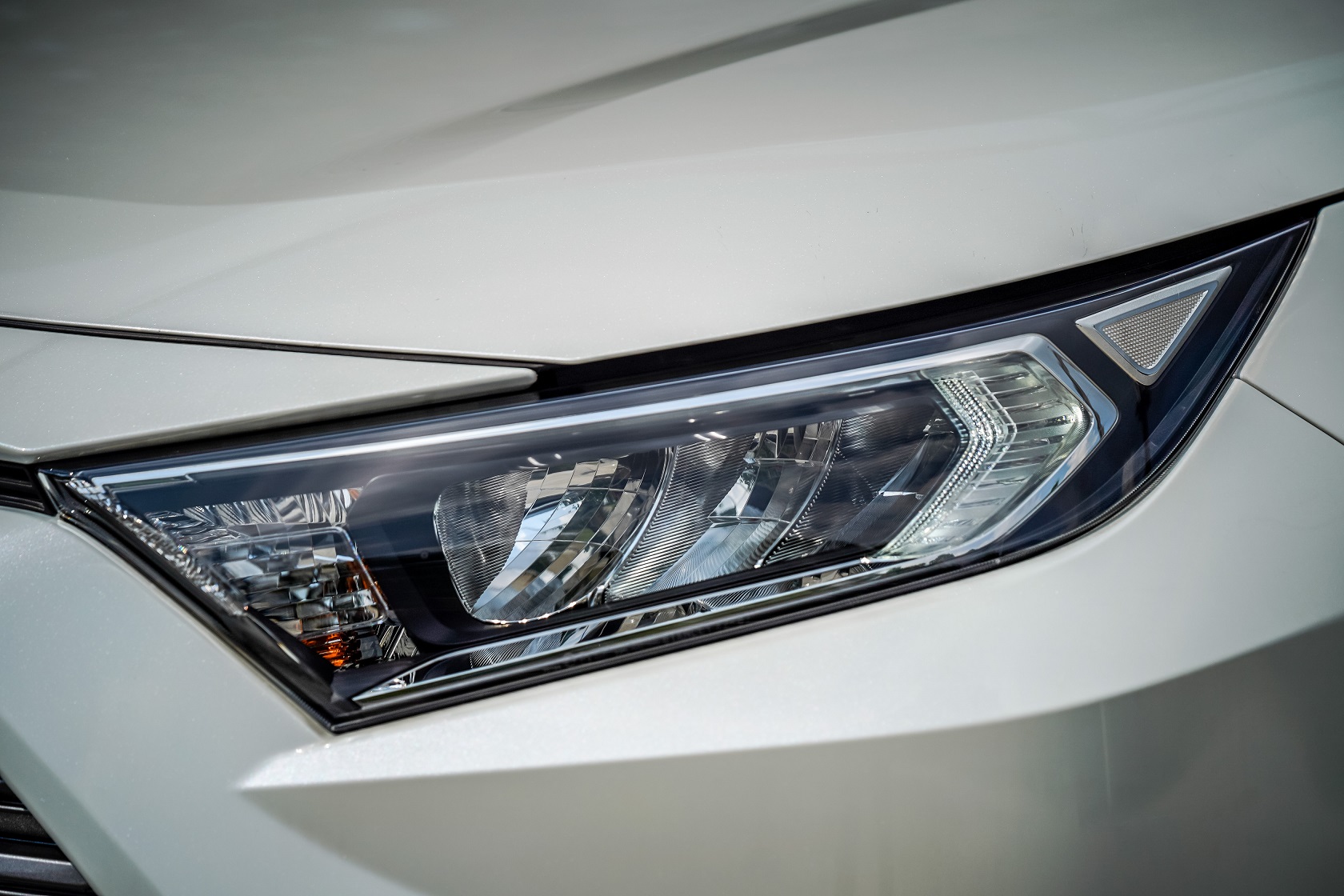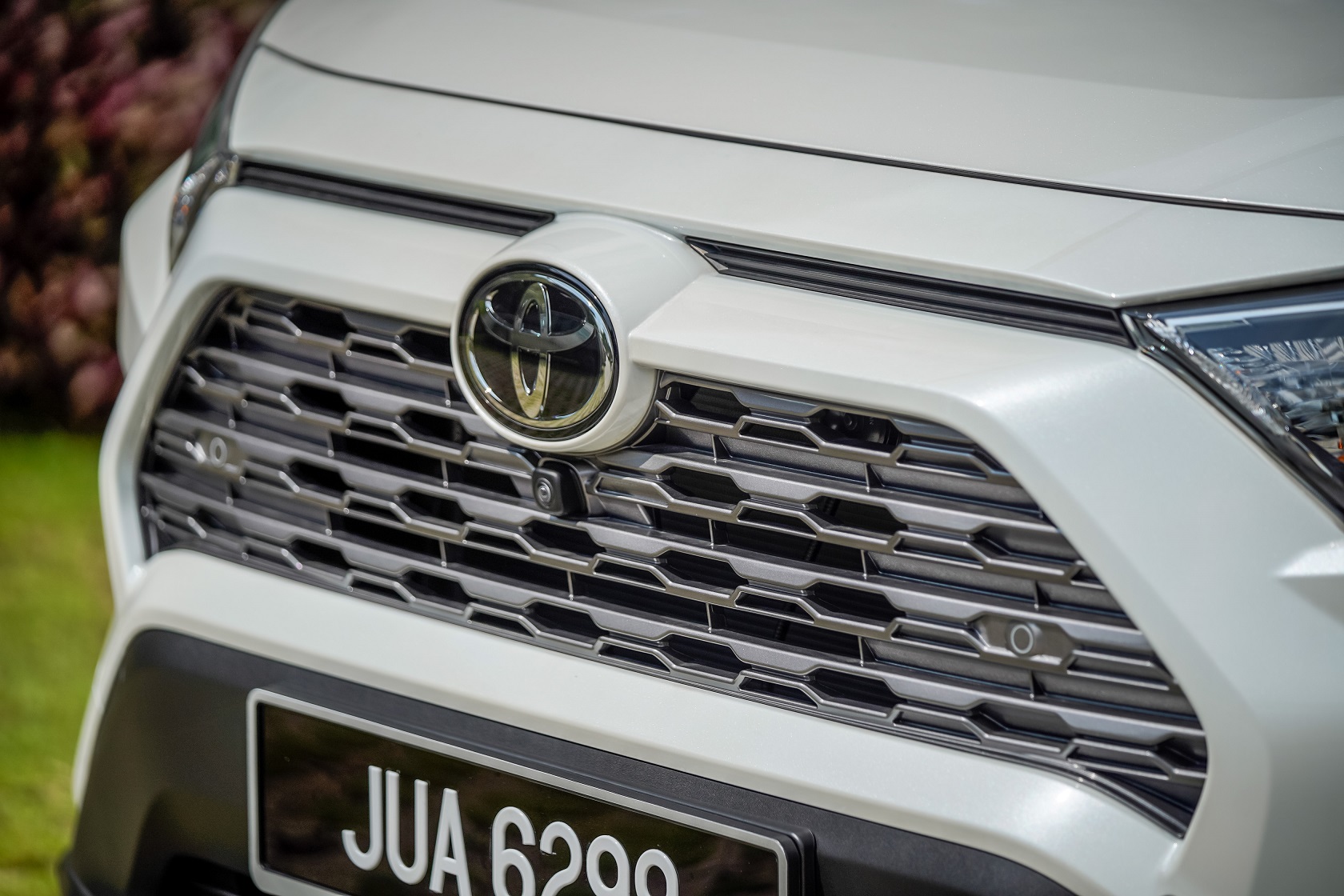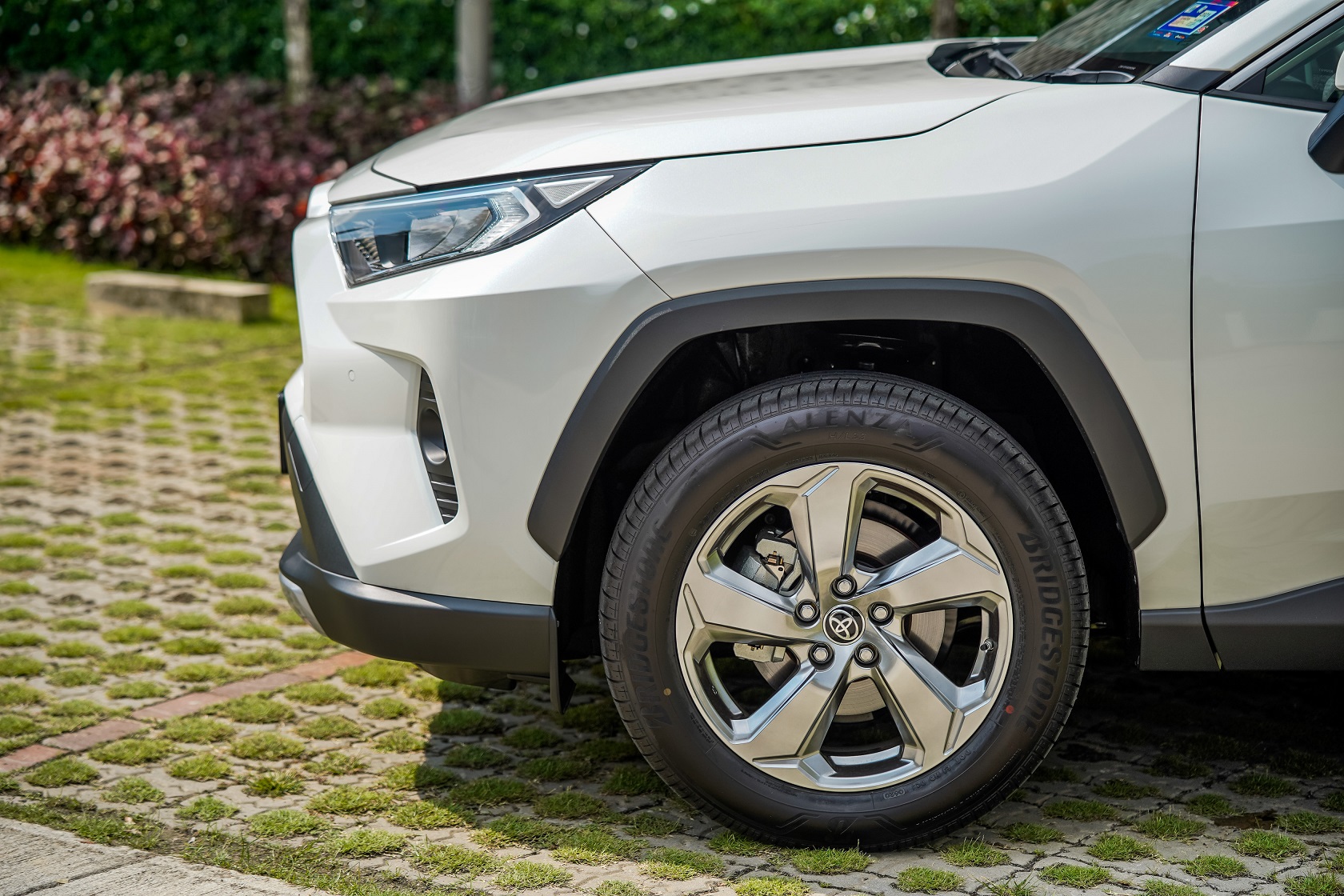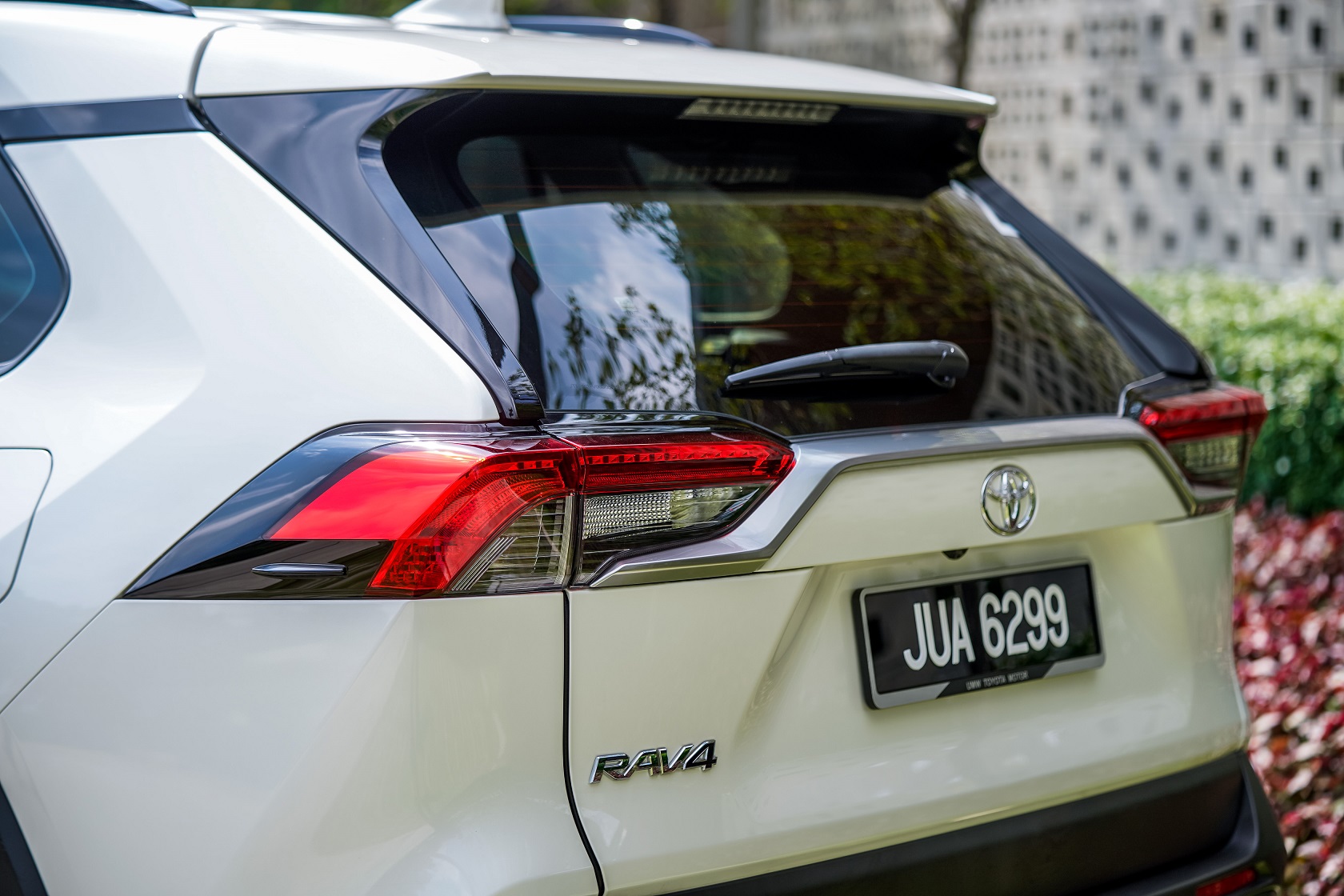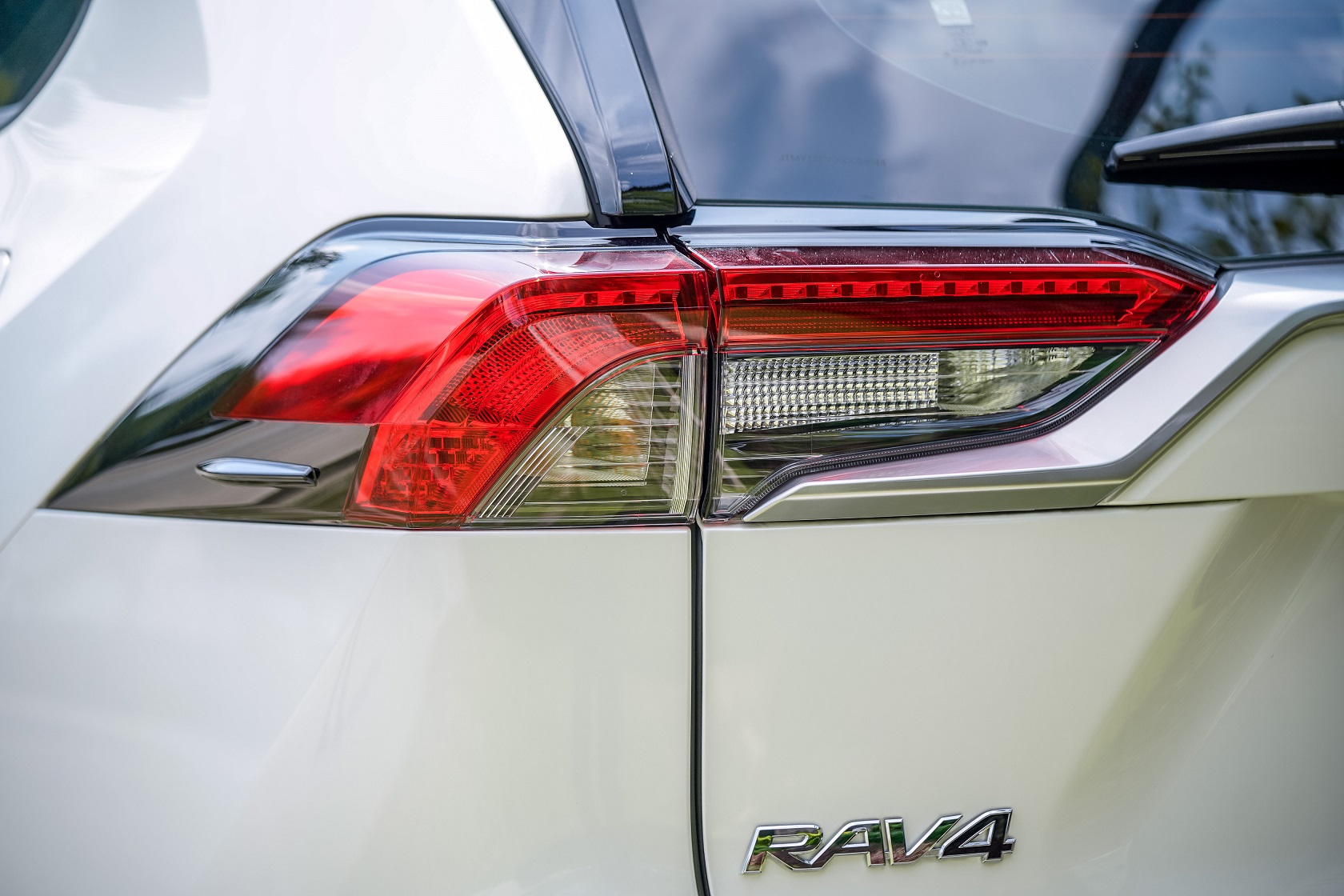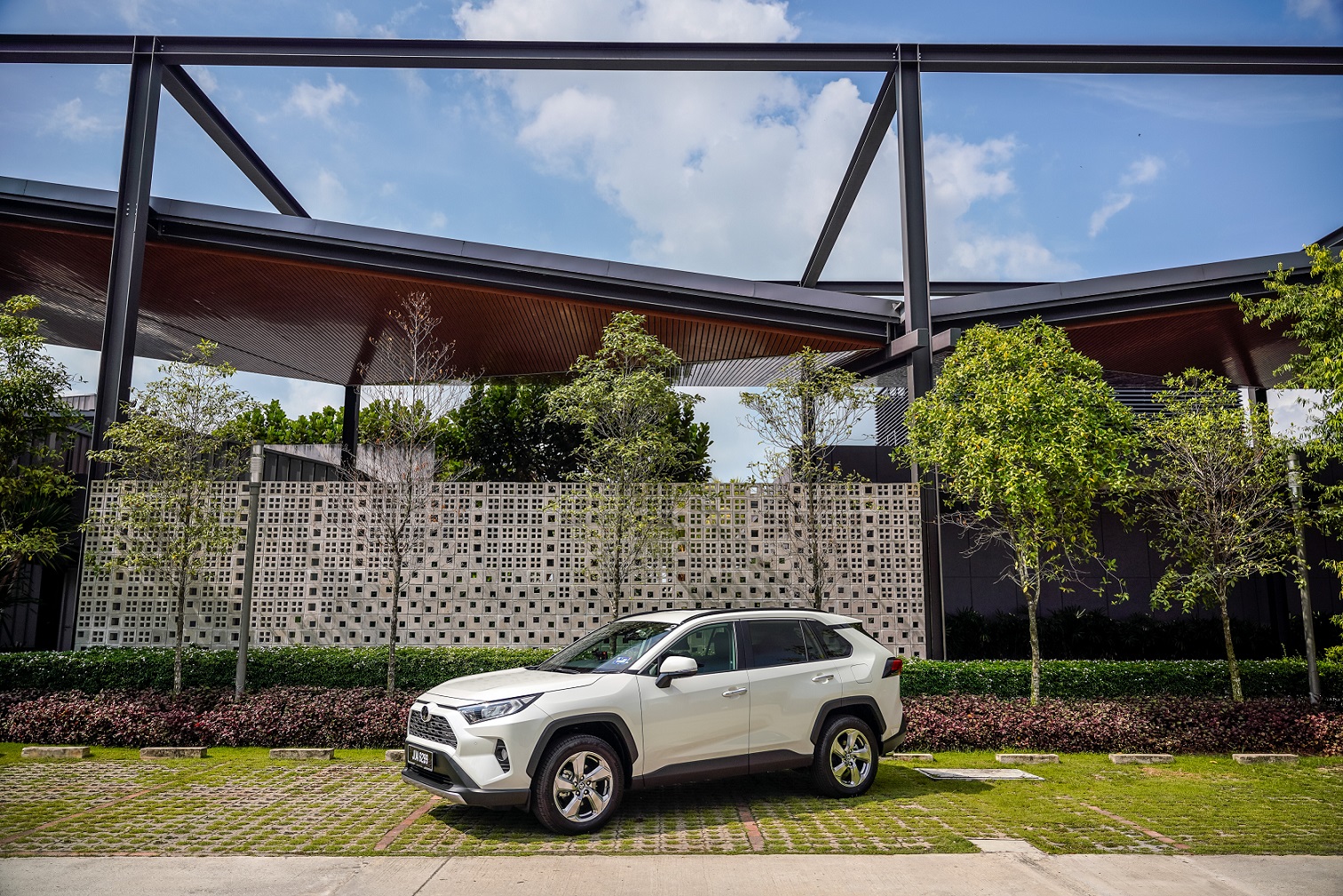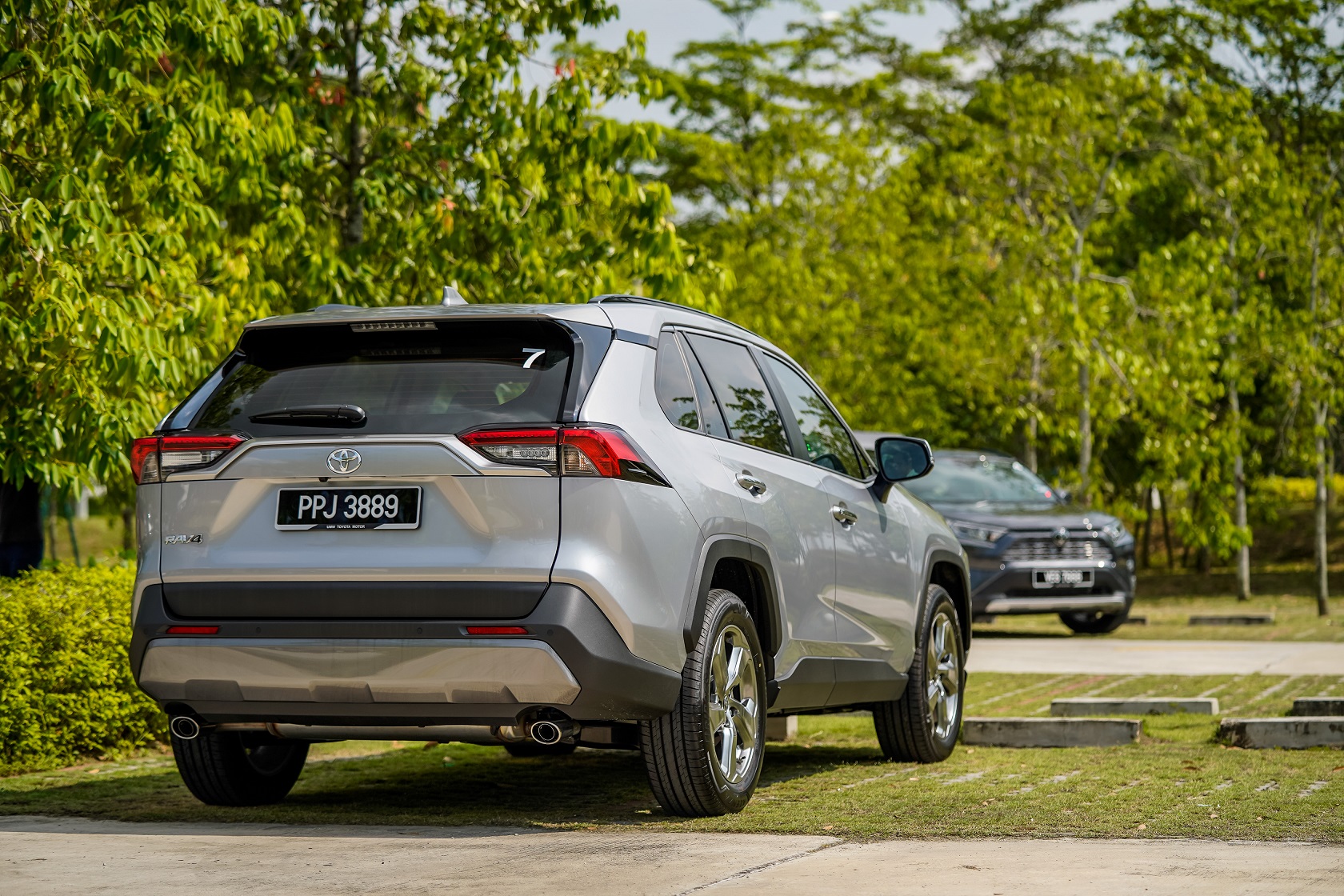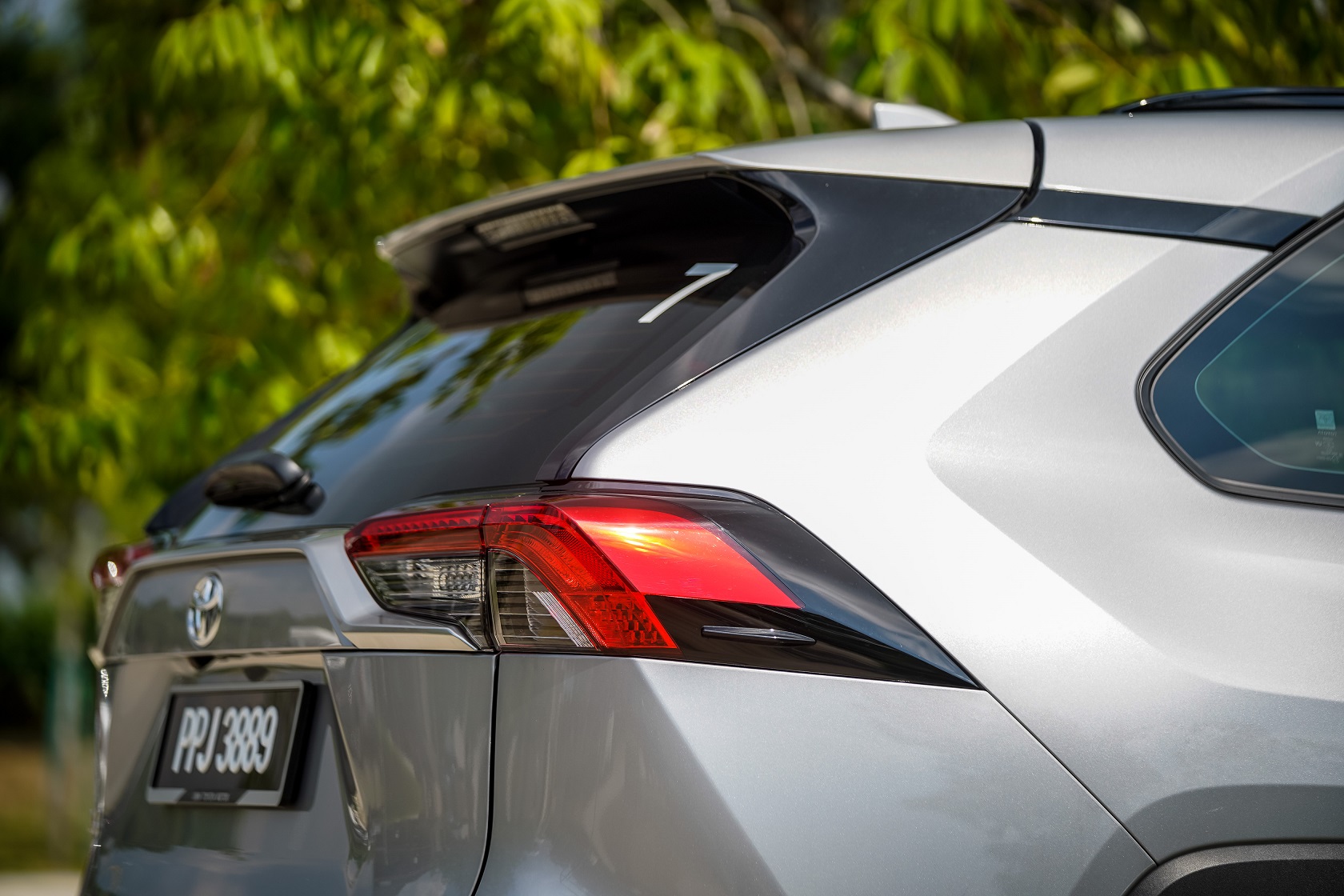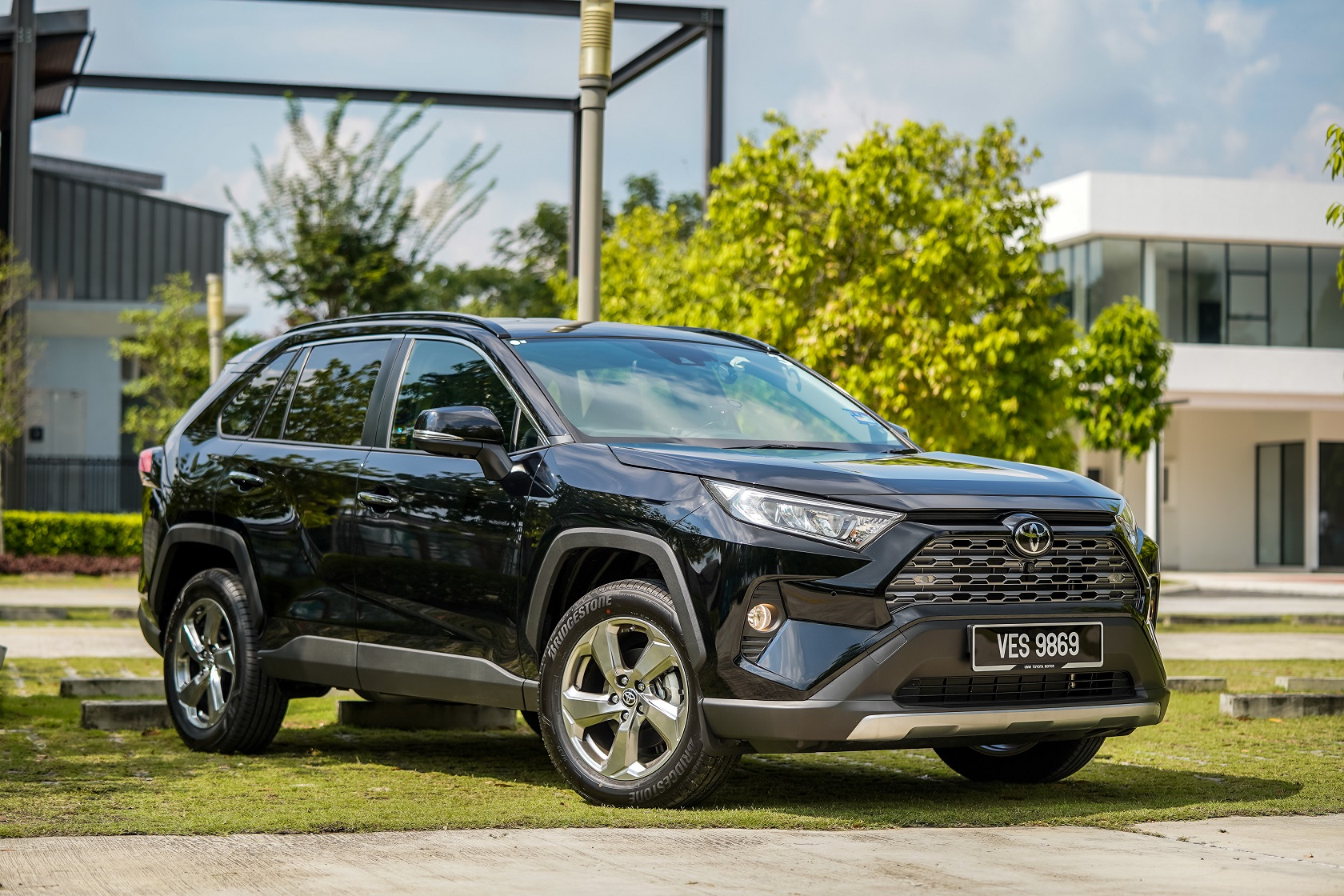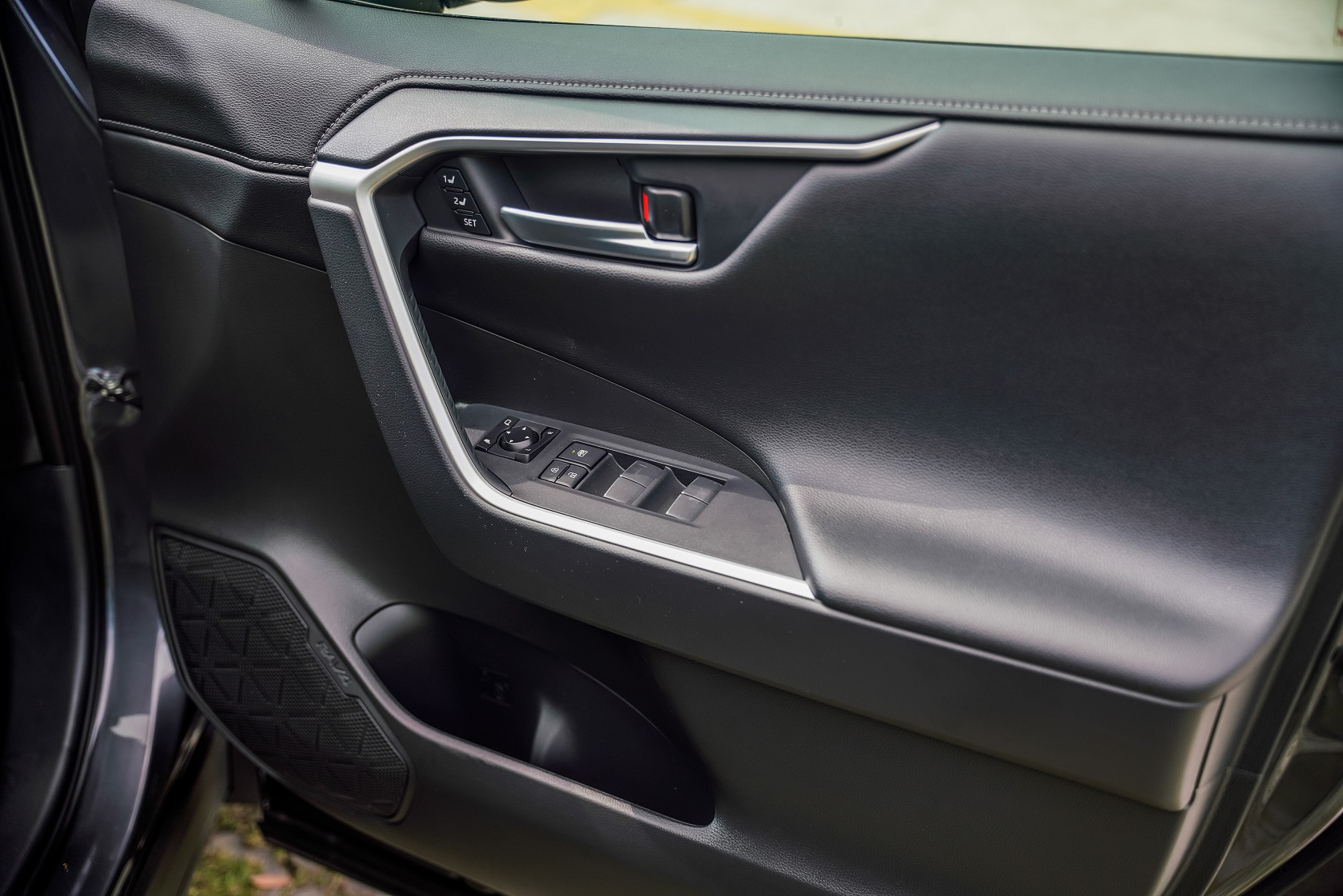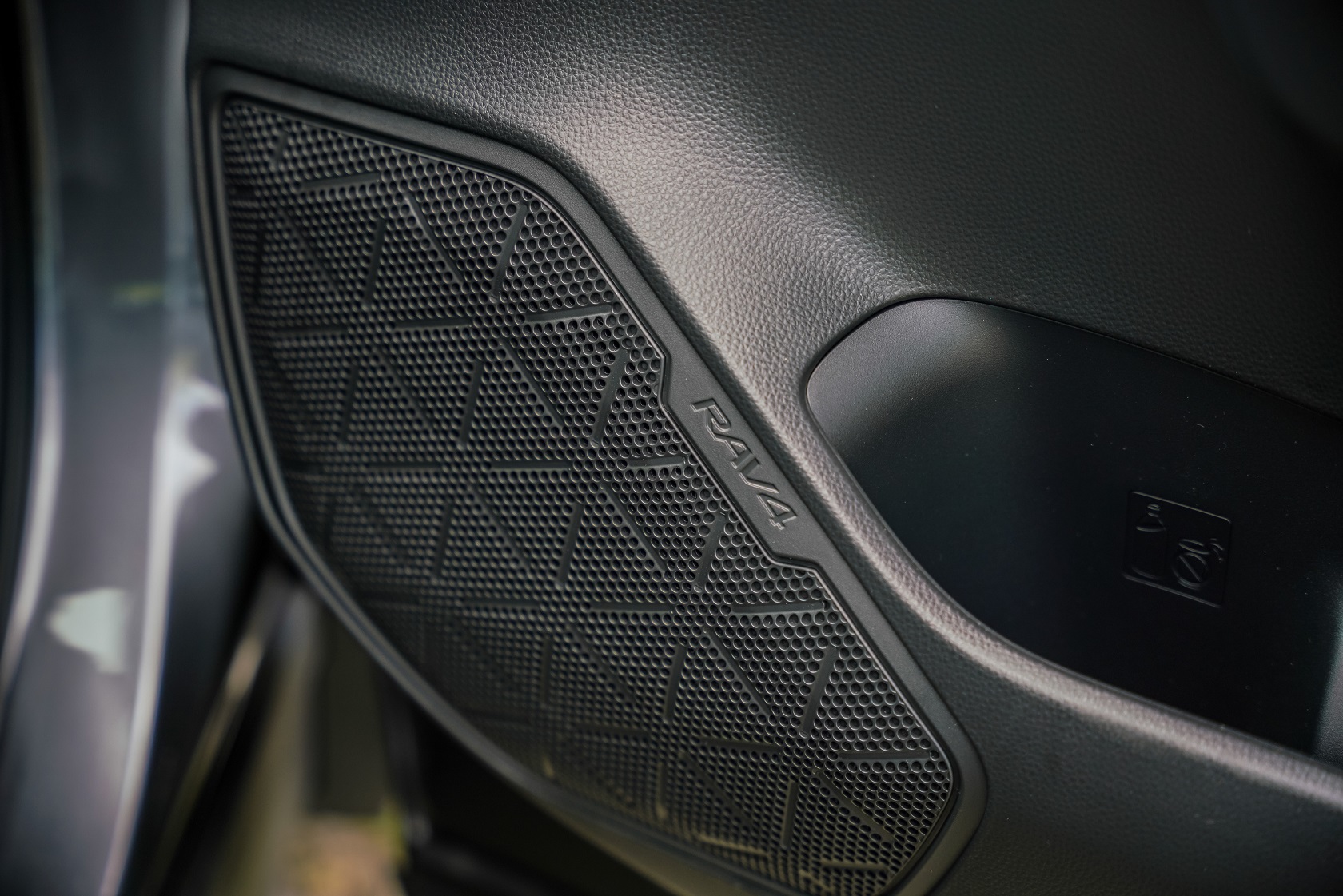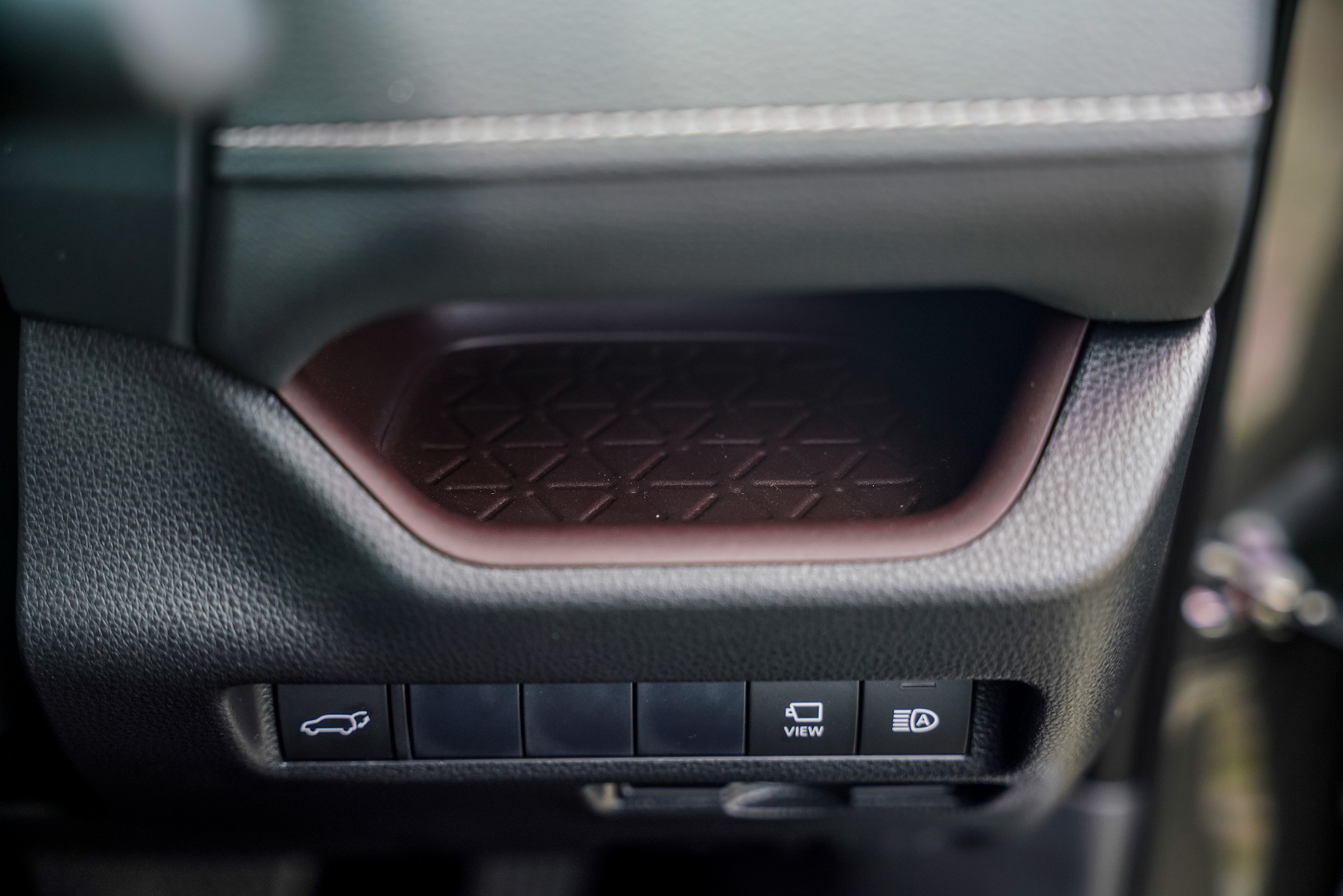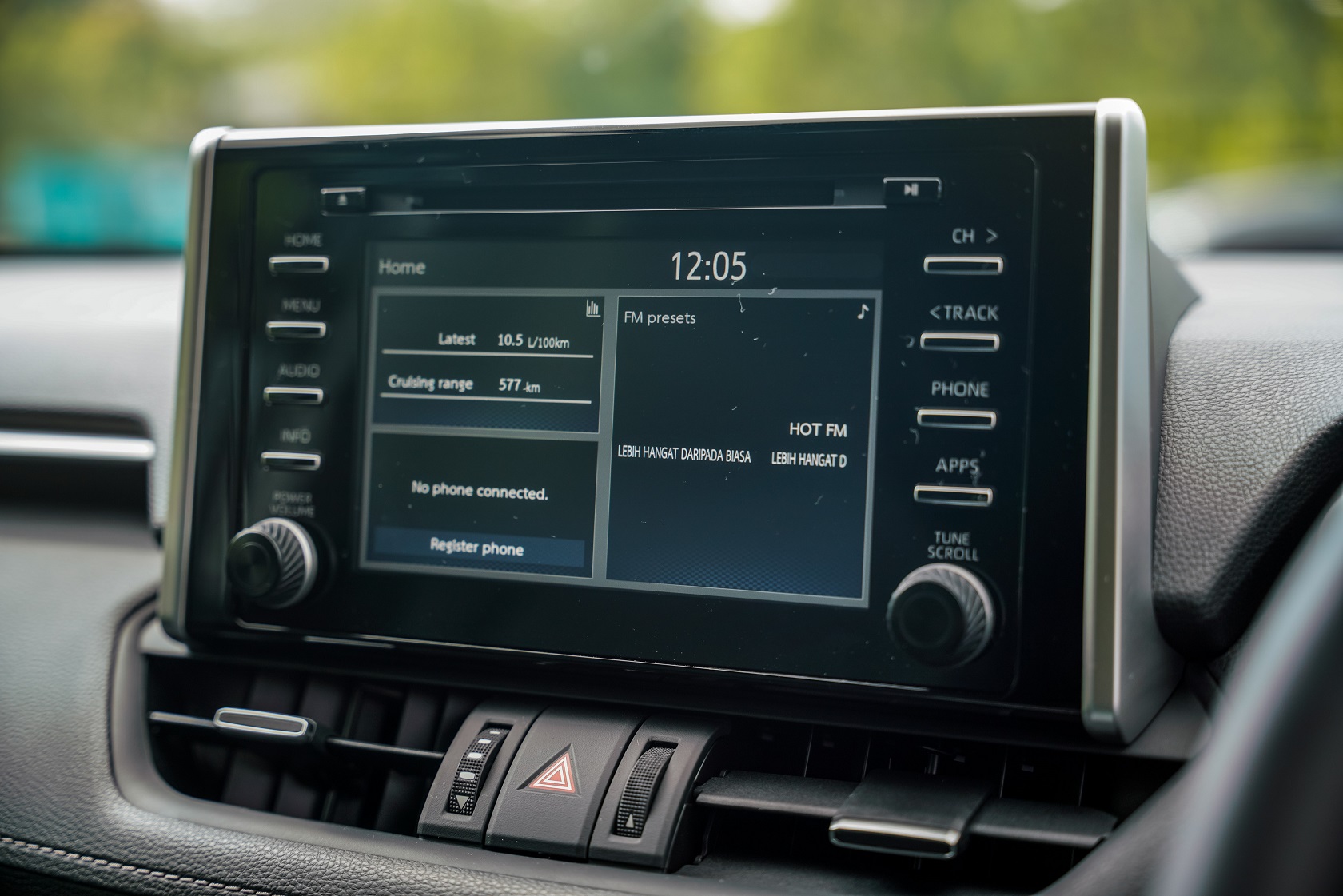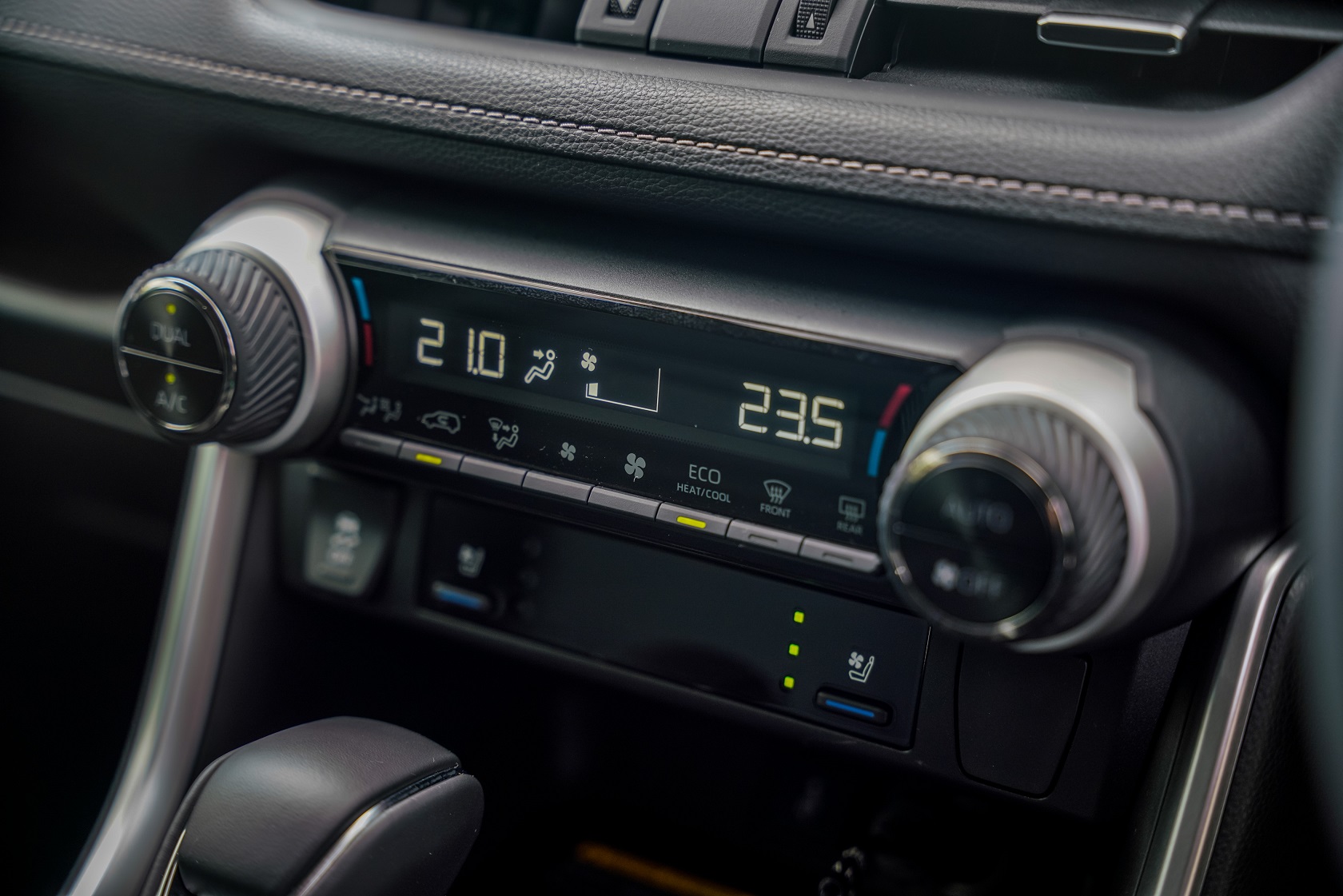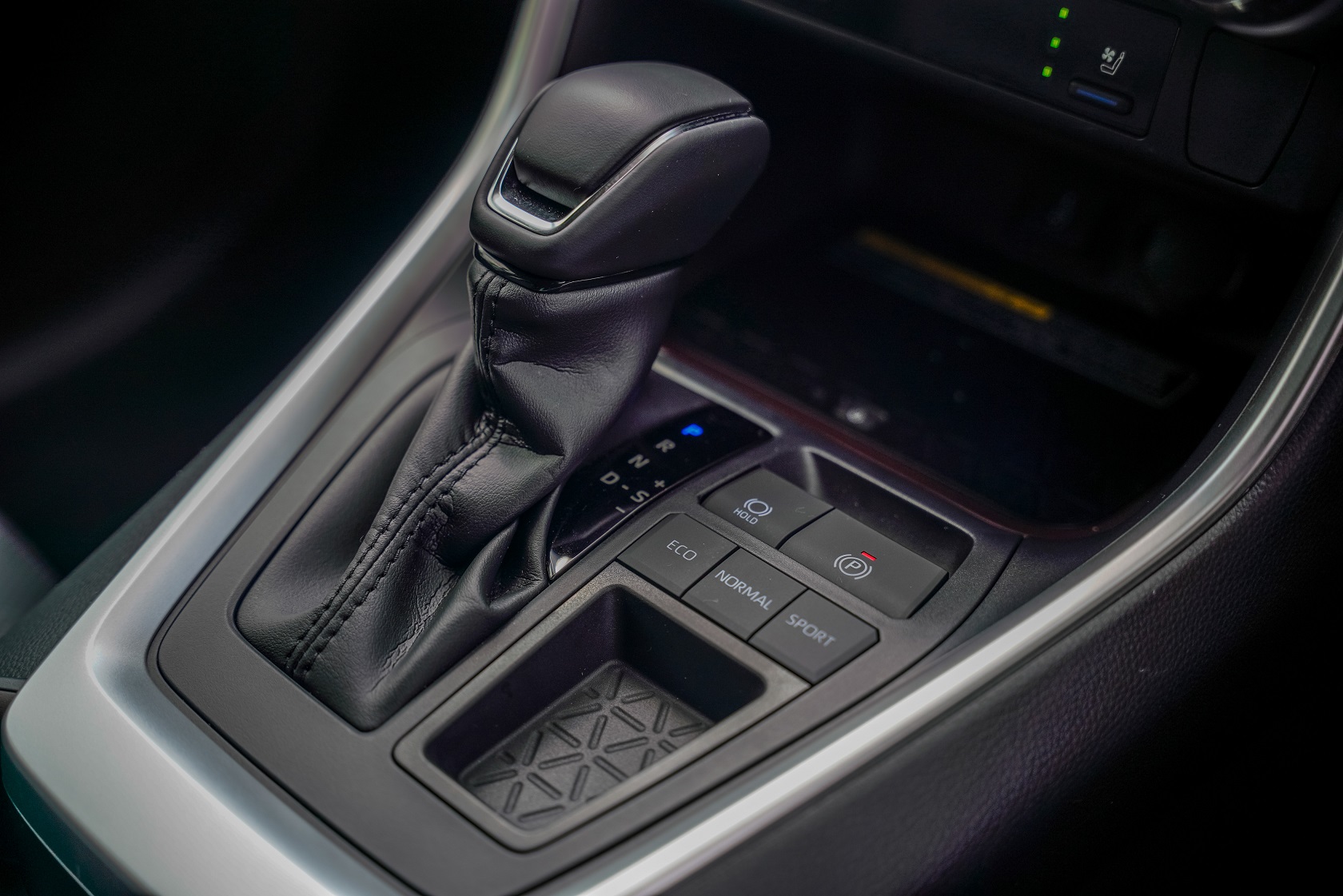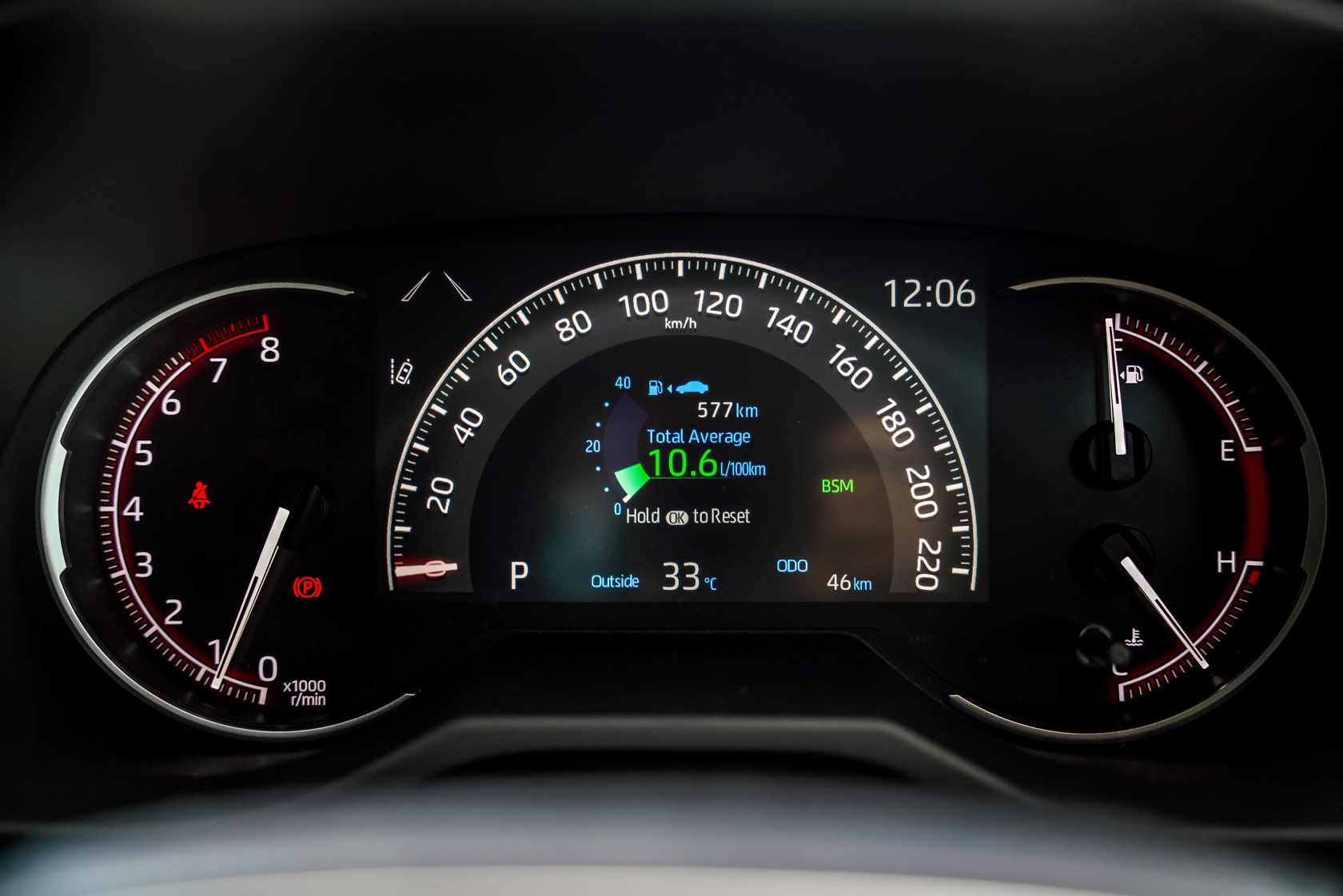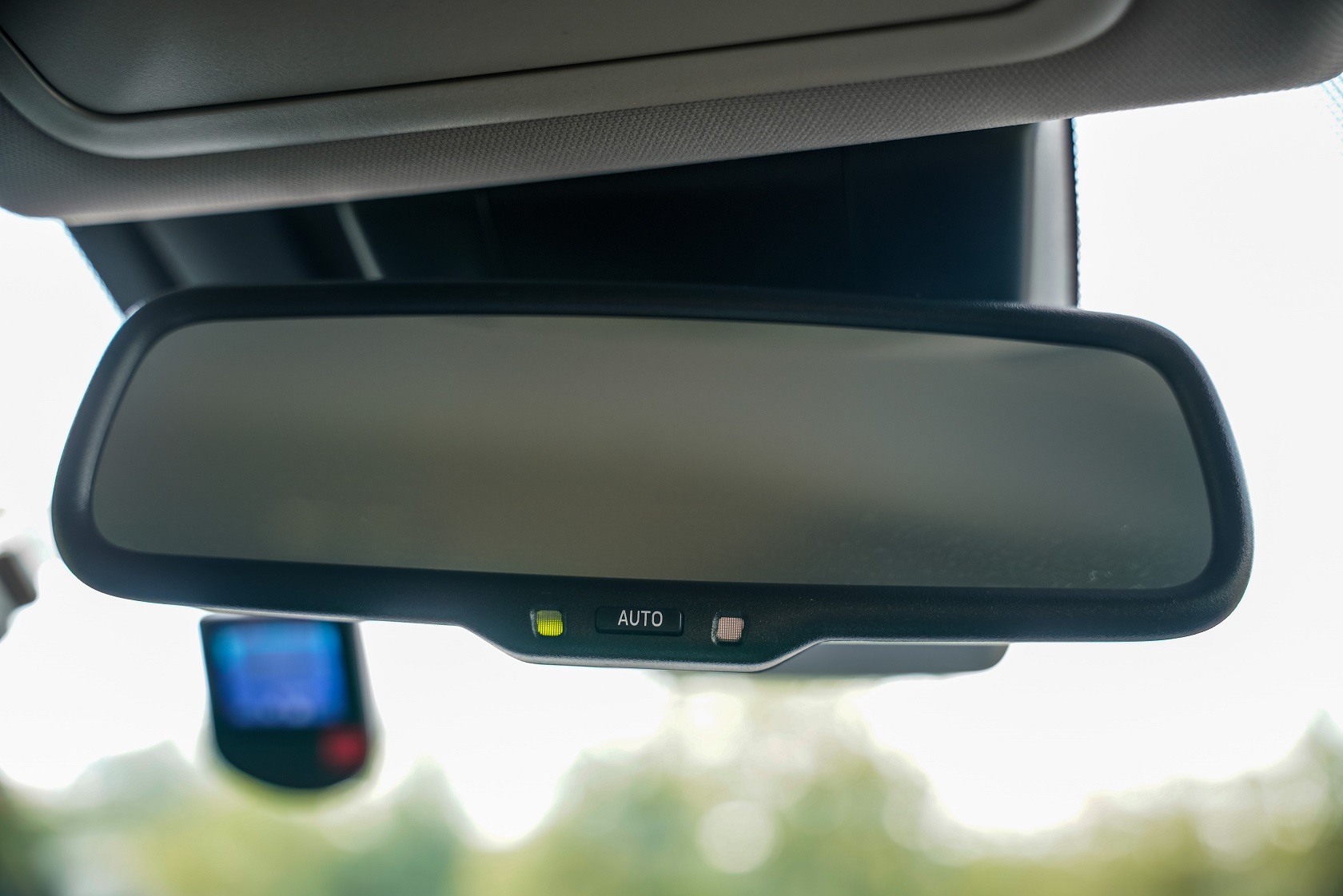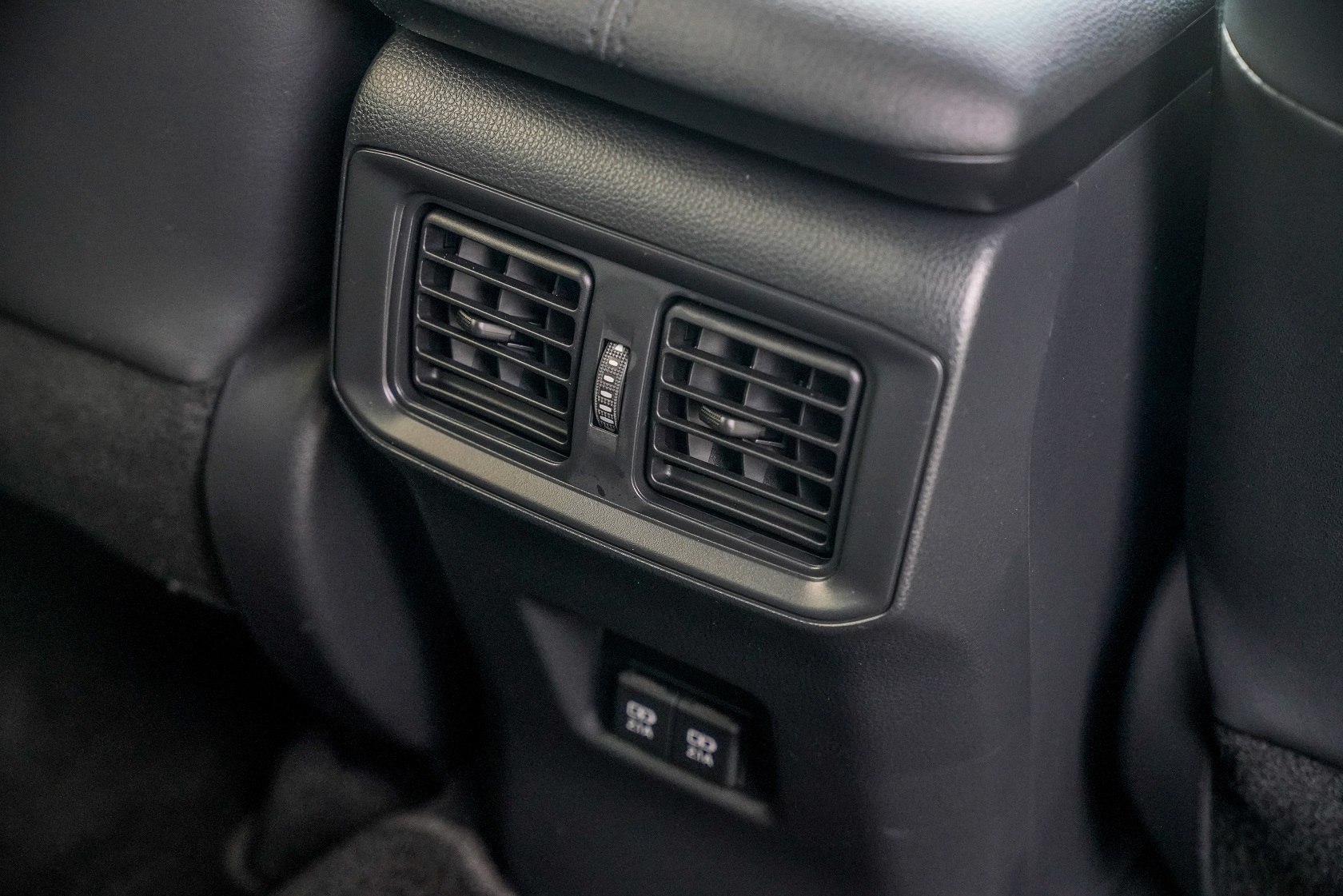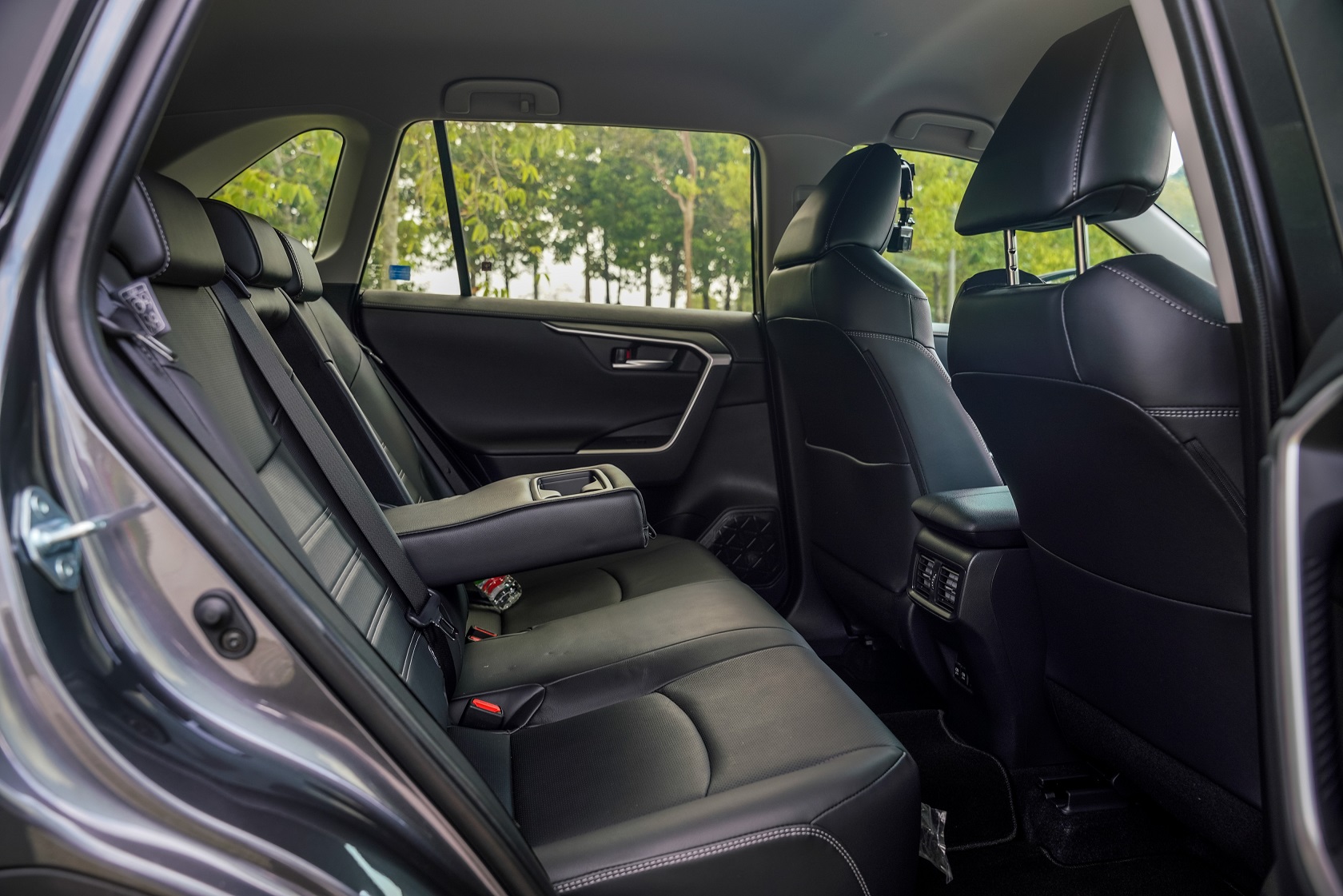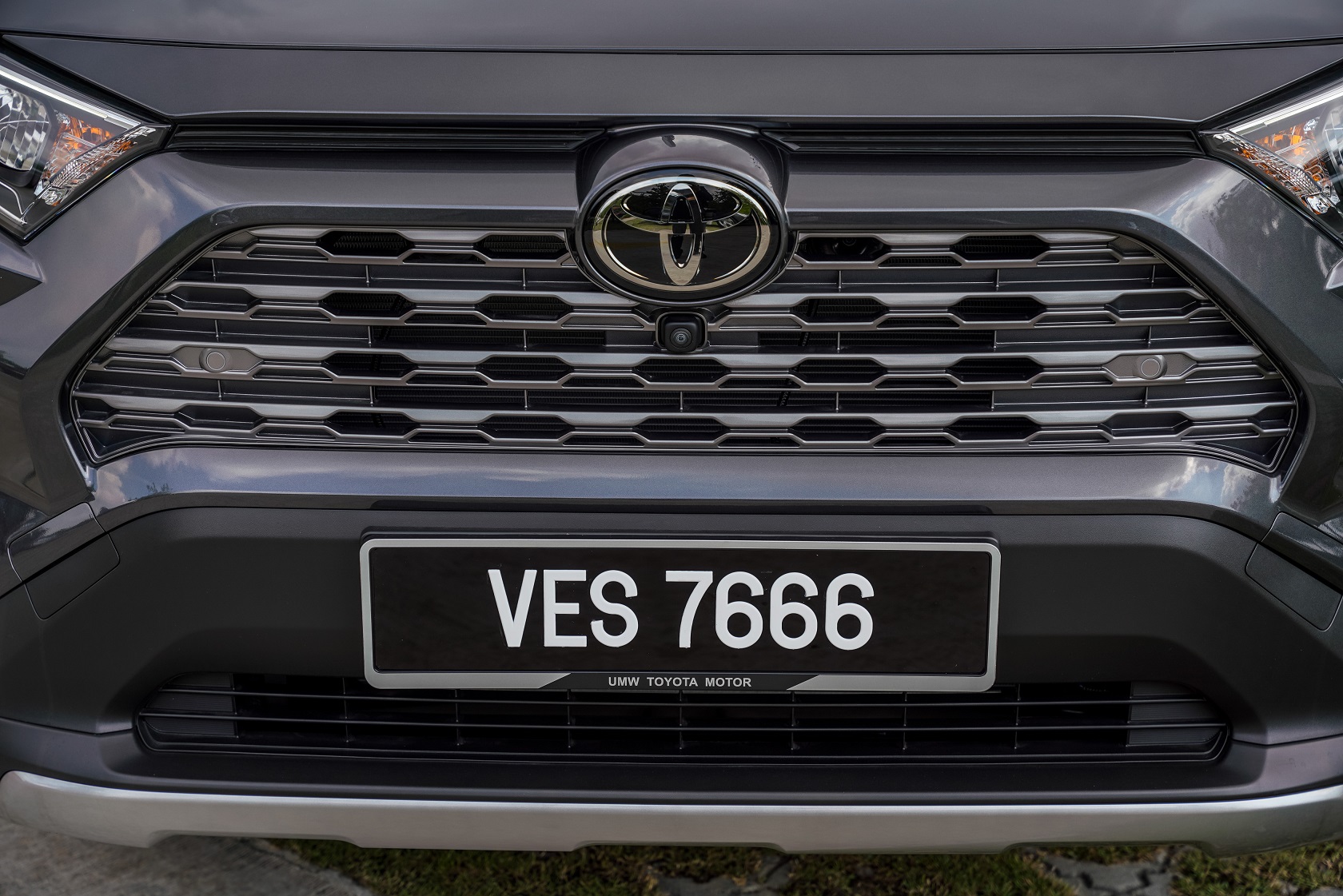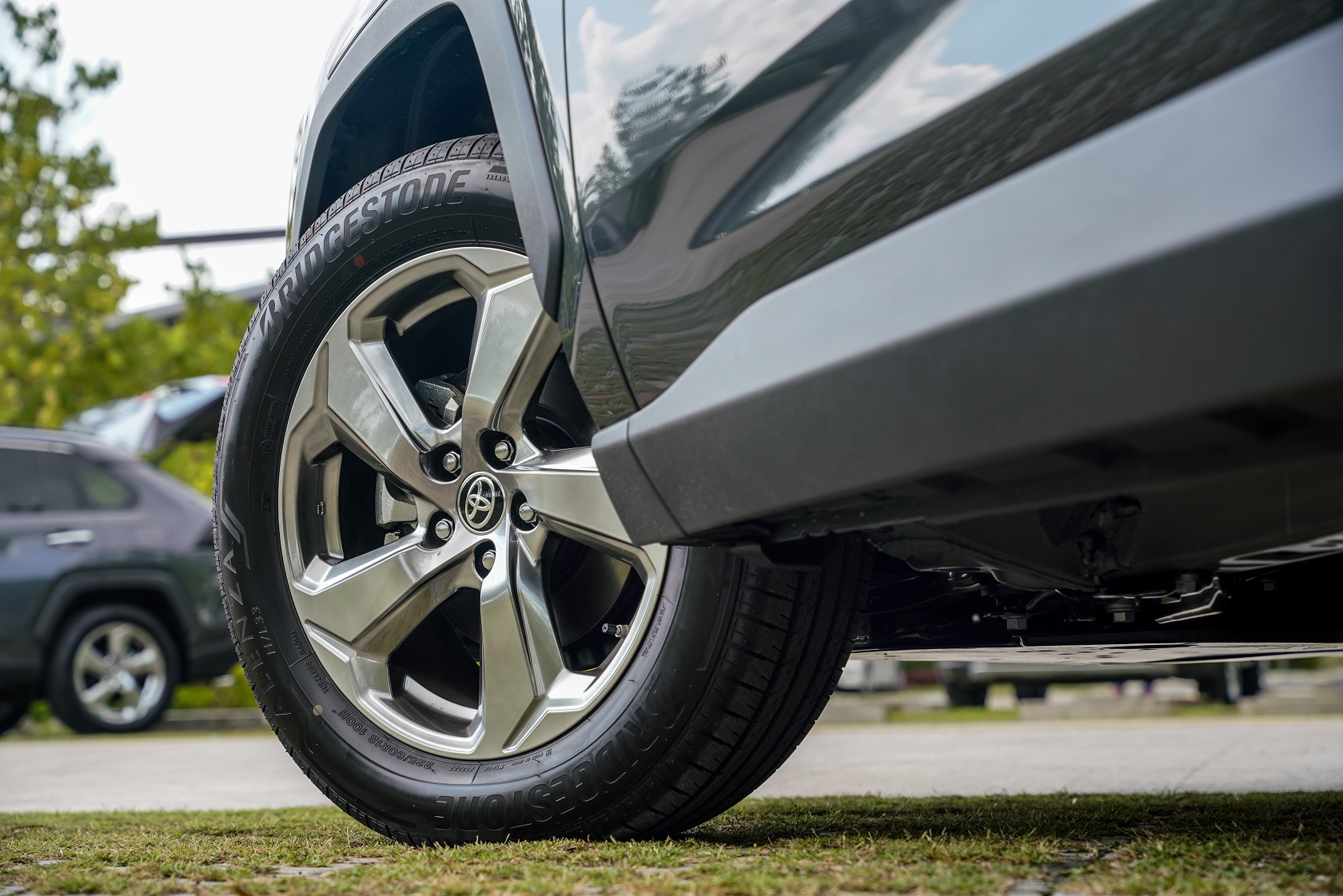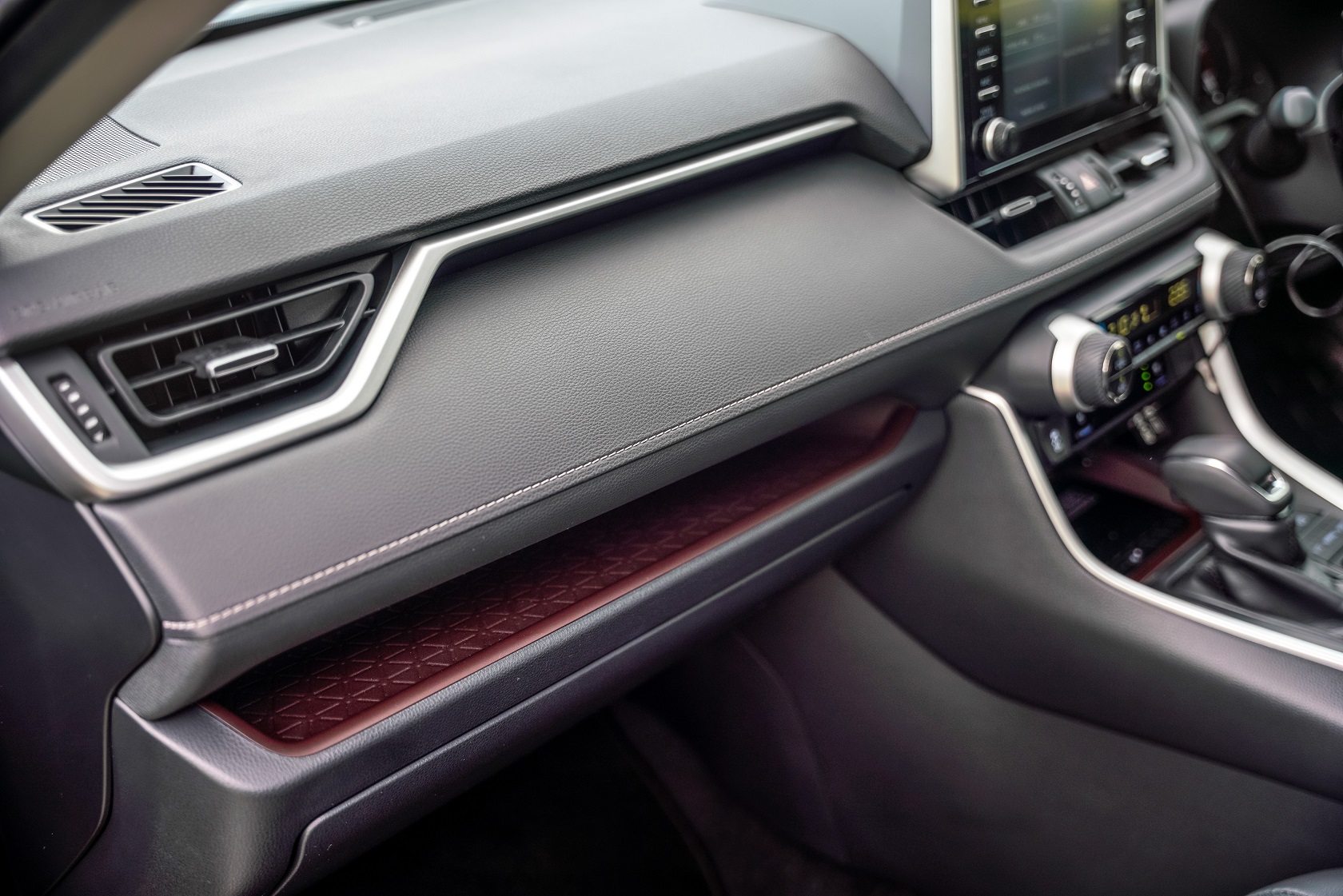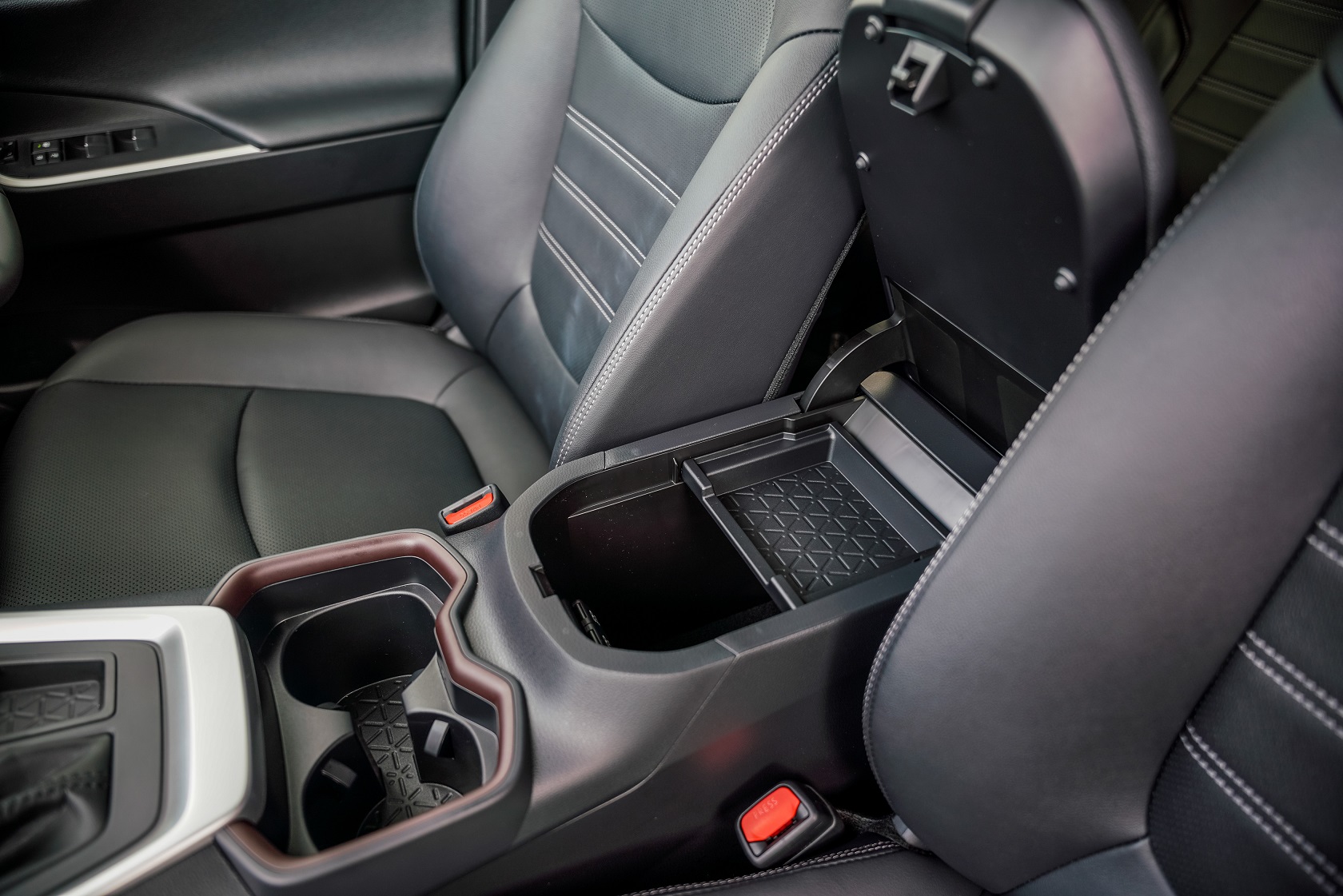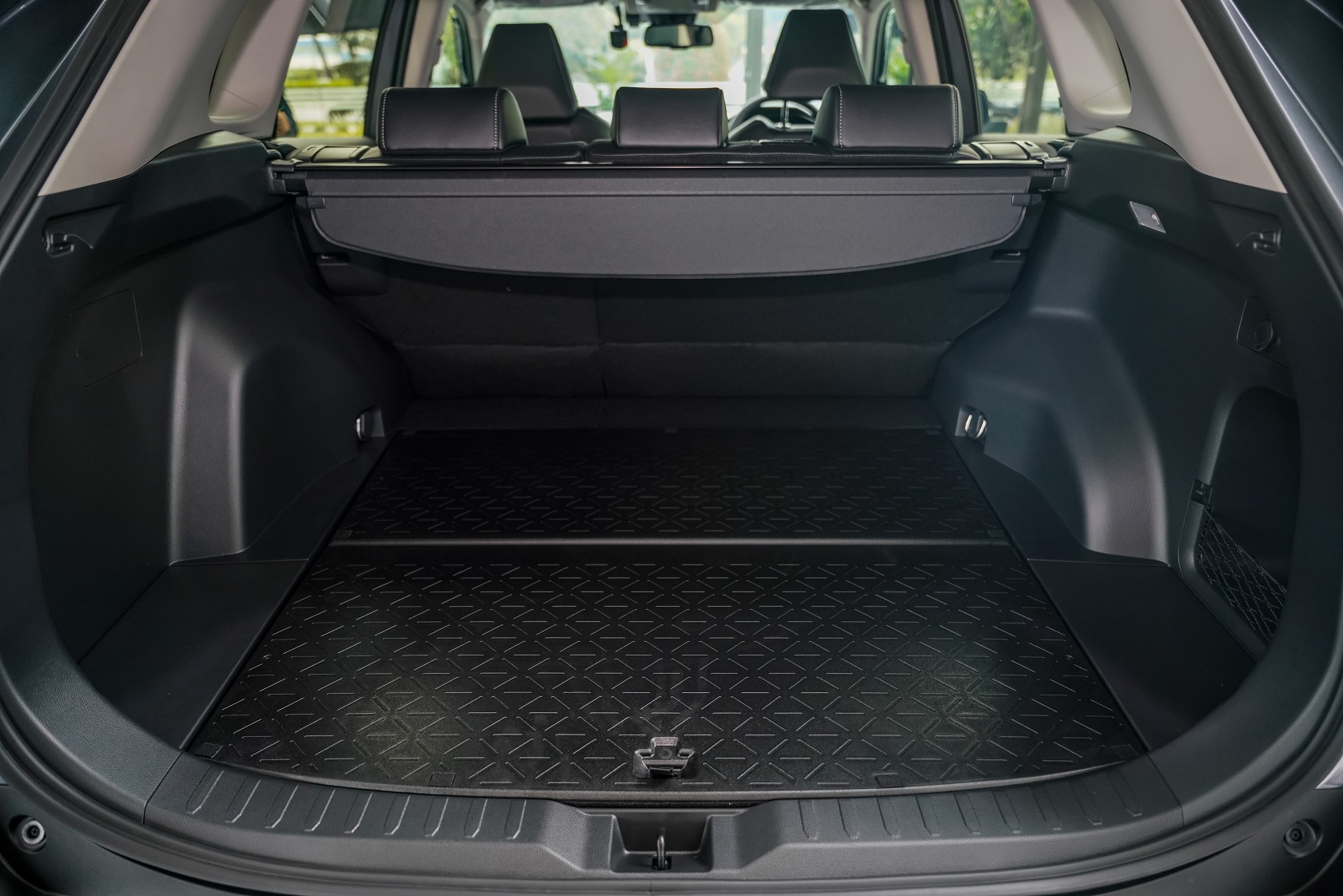The 2020 Toyota RAV4 isn't the Honda CR-V alternative you were hoping for
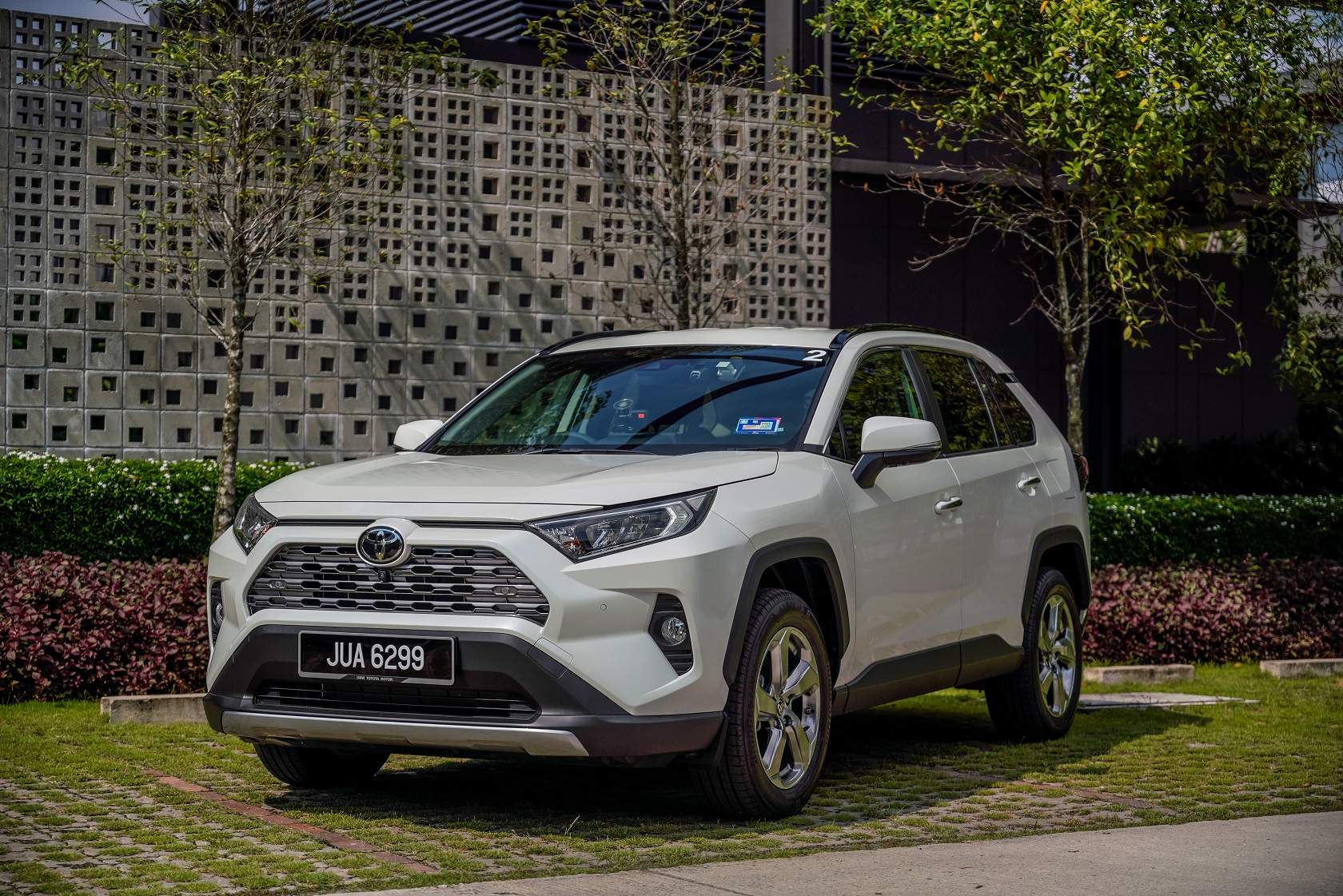
Almost every mid-size SUV launched in Malaysia these days will be held to the standards set by the Honda CR-V after a decade of dominance, if not to the value proposition of the breakaway Proton X70. And there are no exceptions given to the 2020 Toyota RAV4, which marks UMW Toyota Motor's long overdue entry in this hotly-contested segment, even if it does pack a considerable amount of kit to somewhat justify its CBU price tag.
The RAV4 lands in two specifications as detailed earlier, namely in 2.0L and 2.5L formats. Despite the 50 percent sales tax exemption for fully-imported cars, the RAV4's prices are still on the steep side, with the 2.0L getting the ball rolling at RM196,436 - a whole RM27,970 more expensive than the range-topping CR-V 1.5 TC-P - while the 2.5L tops out at RM215,665 - just RM10k more will get you a brand new BMW X1 sDrive20i M Sport!
Affordability, then, is not one of the RAV4's strong suits. Not when the engines aren't even turbocharged to begin with. However, they are relatively new powertrains derived from Toyota's latest "Dynamic Force" architecture which Toyota claims to have "world-leading thermal efficiencies as high as 40 percent, double the average of most internal combustion engines".
In the 2.0L, which makes a modest 173PS and 207Nm, power delivery is managed by a CVT. A presumably more engaging eight-speed "Direct Shift" automatic gearbox is fitted to the 2.5L (this is essentially the same setup that mobilises the Lexus ES250), which should be peppier thanks to its 207PS and 243Nm of torque. Both powertrains are front-driven and offer the driver an extra layer of control via a pair of paddle shifters.
Standout features include keyless ignition, a seven-inch infotainment with Apple CarPlay and Android Auto compatibility plus voice command, ventilated front seats with eight-way electric adjustment for the driver, foot-activated powered tailgate, wireless charger and something Toyota calls a "floor silencer" for improved NVH. Safety features are similarly numerous, with the Toyota Safety Sense package made up of Pre-Collision System (PCS), Lane Departure Alert (LDA) with Steering Assist, Lane Tracing Assist (LTA), and Dynamic Radar Cruise Control (DRCC) among others.
It's a long list of features for a car that's been a long time coming. But can it overcome its pricing challenges in a climate where financial awareness is at its highest in recent years? It may not look like much of a threat to the status quo as things stand, but anything is possible given how obsessed some Malaysians can be about Toyota...
